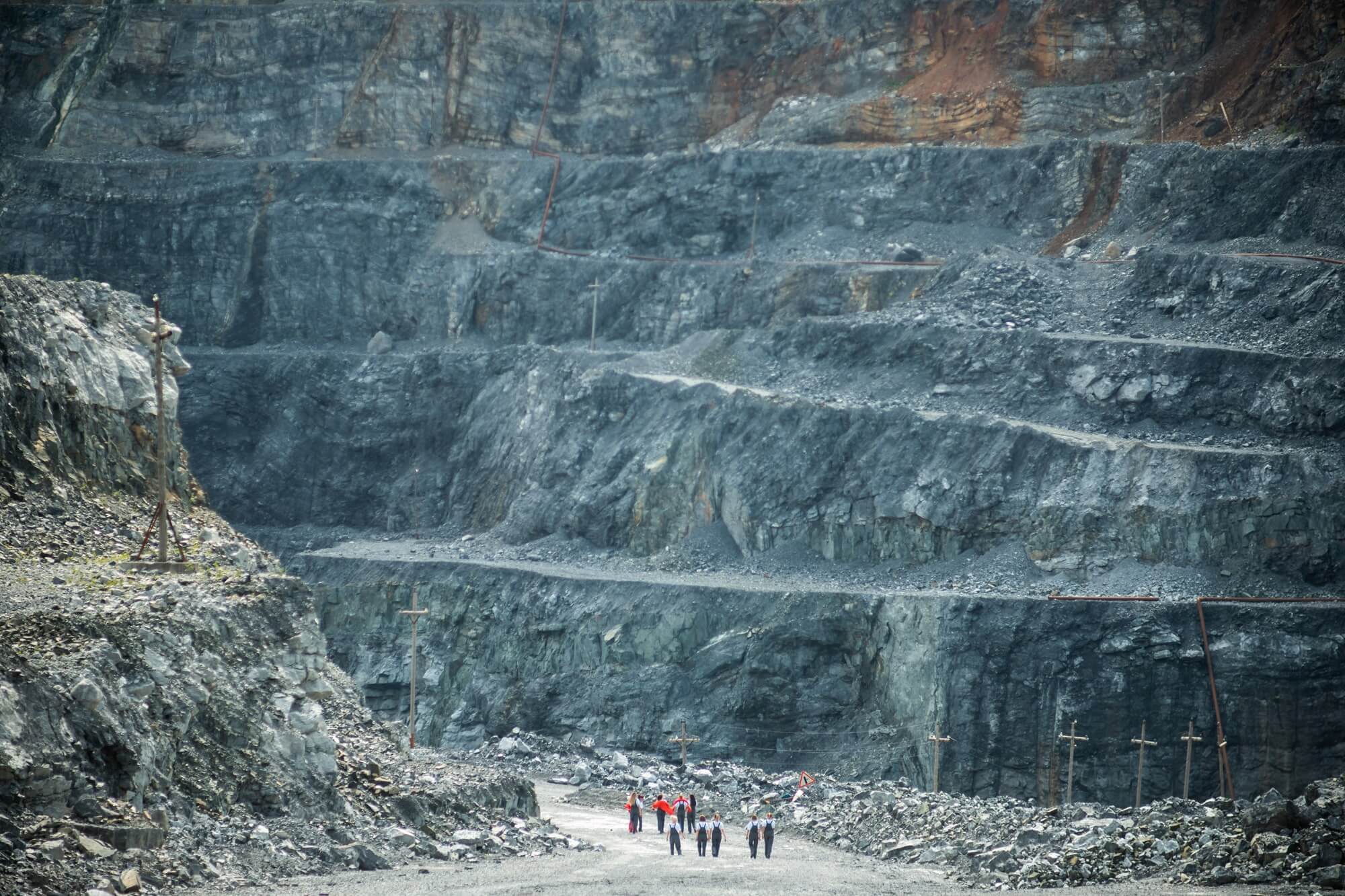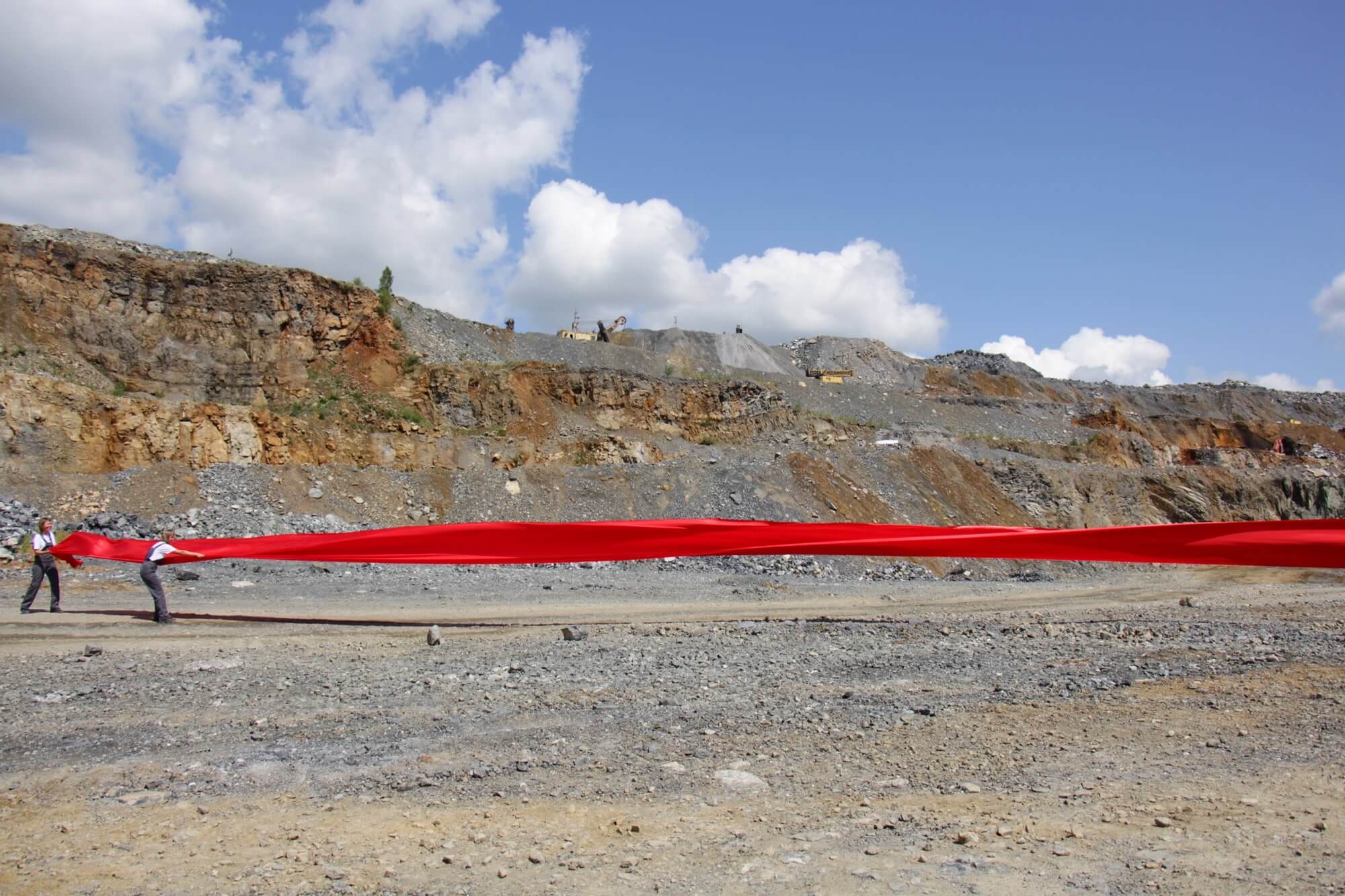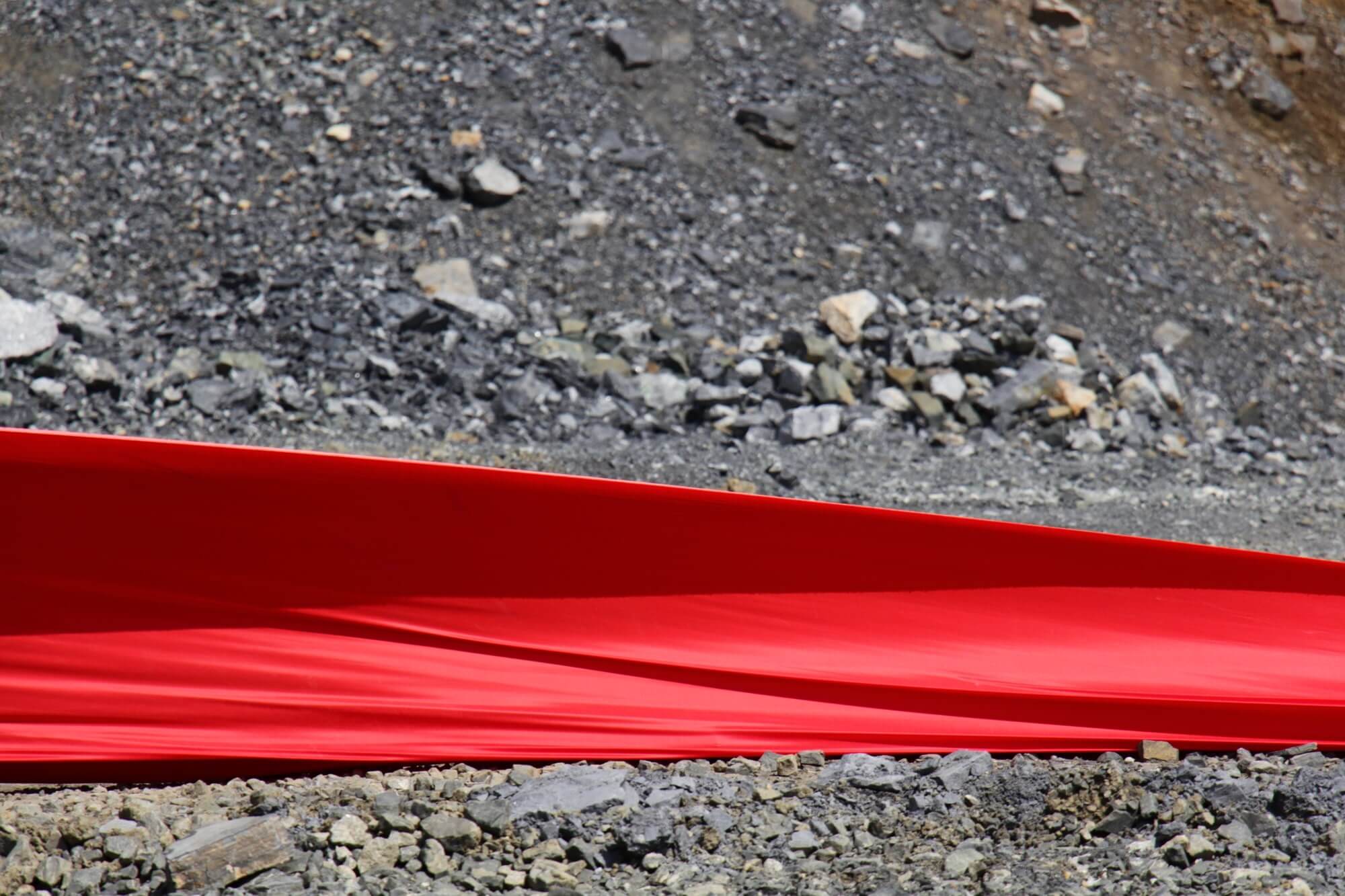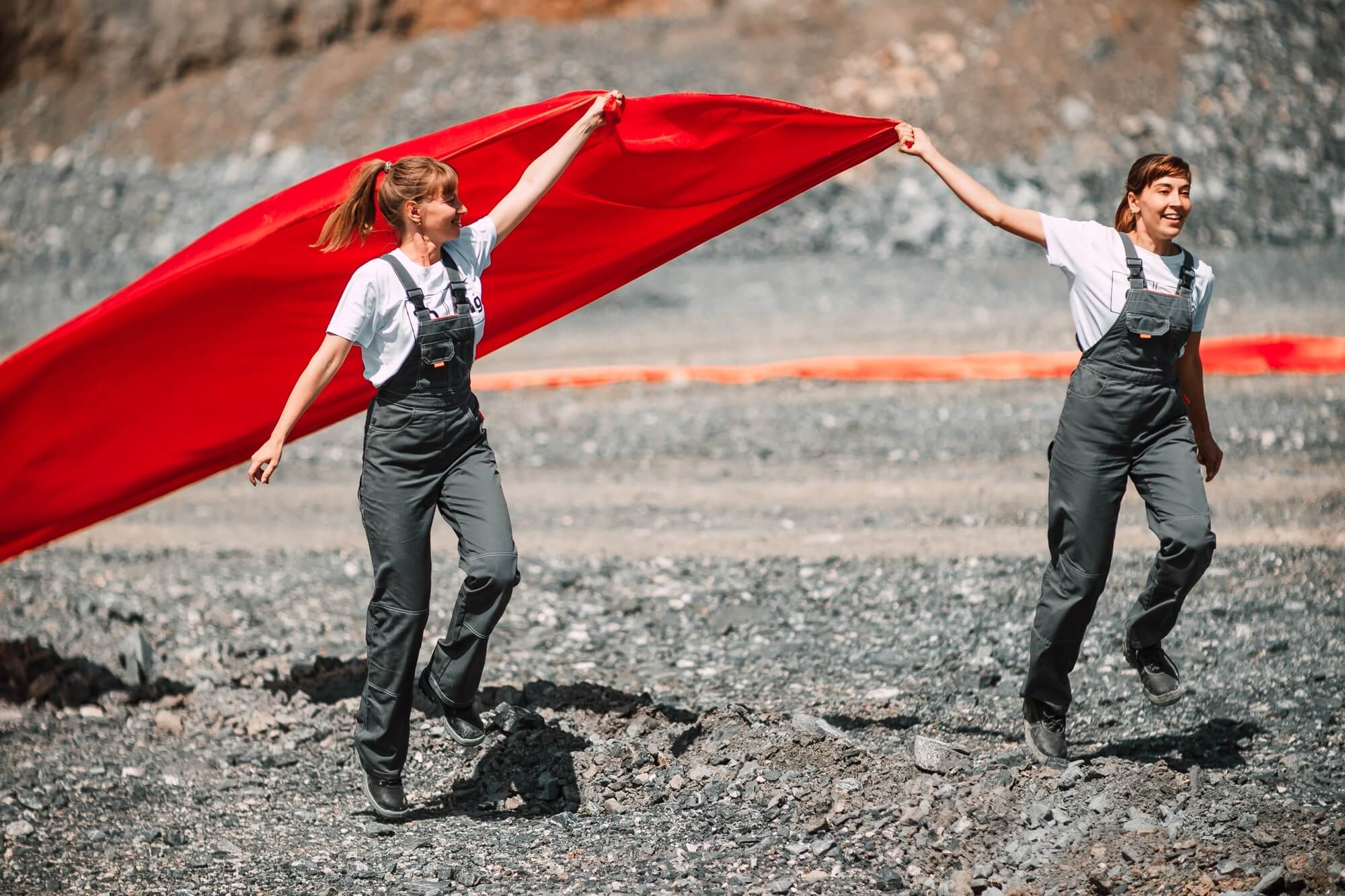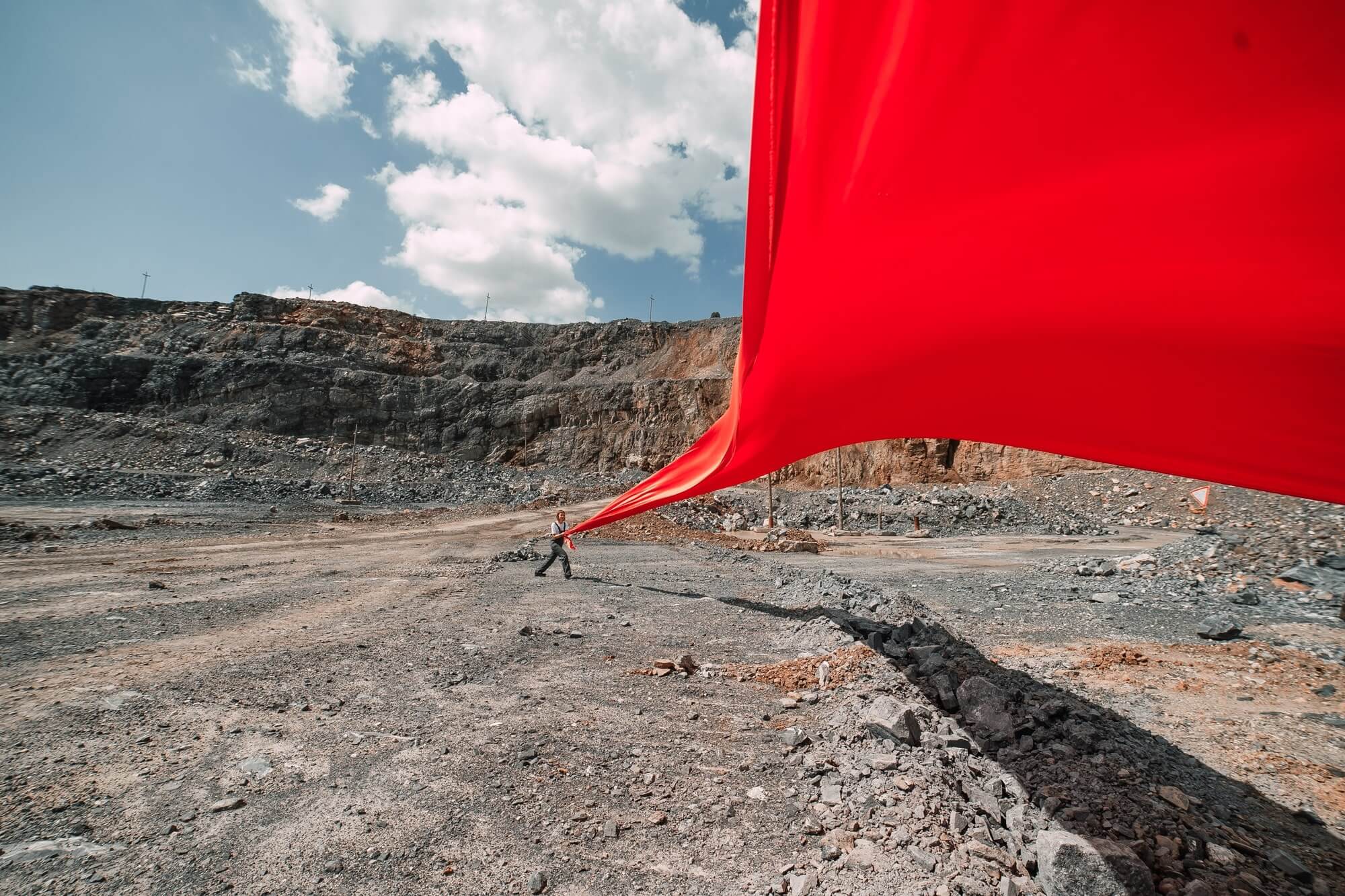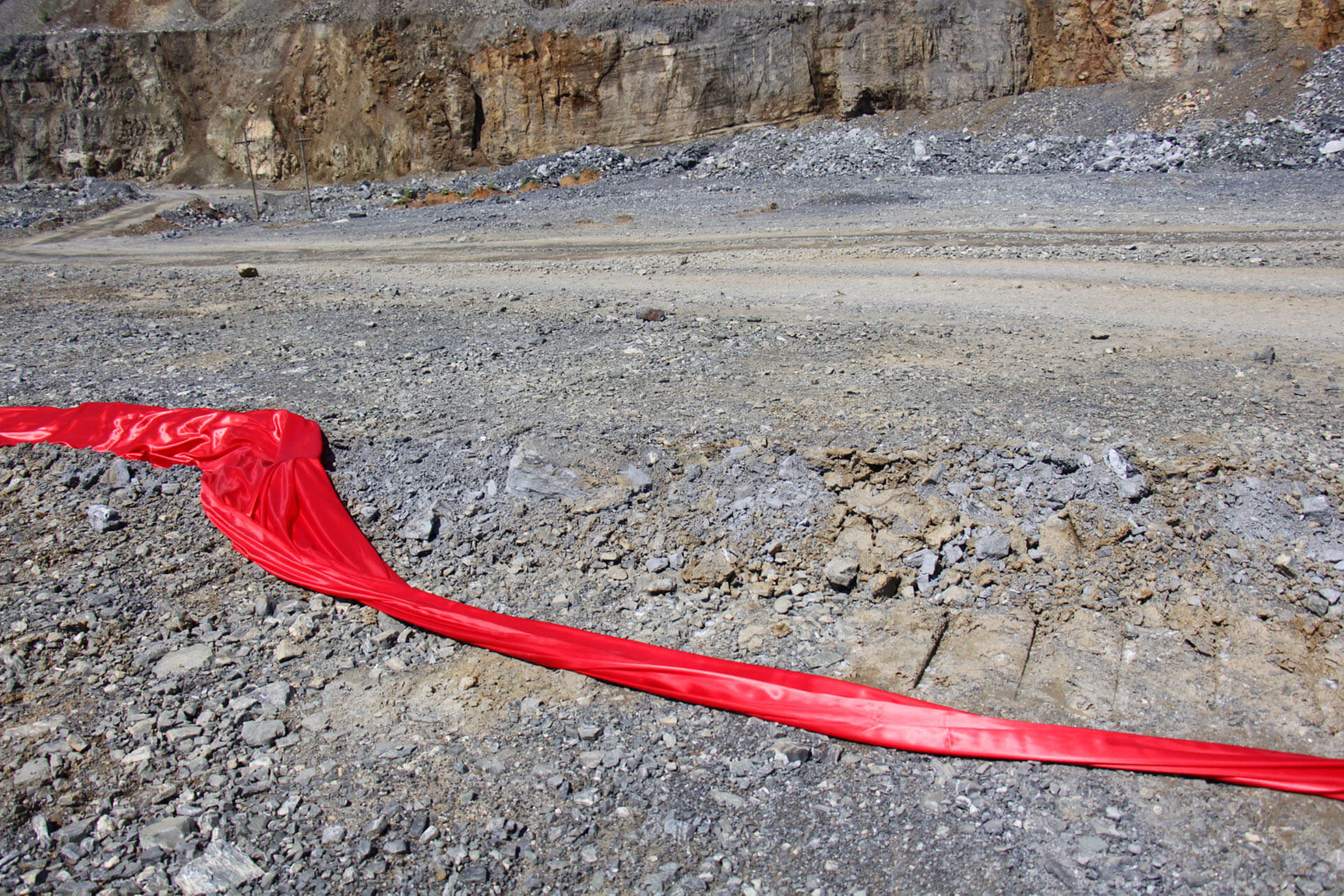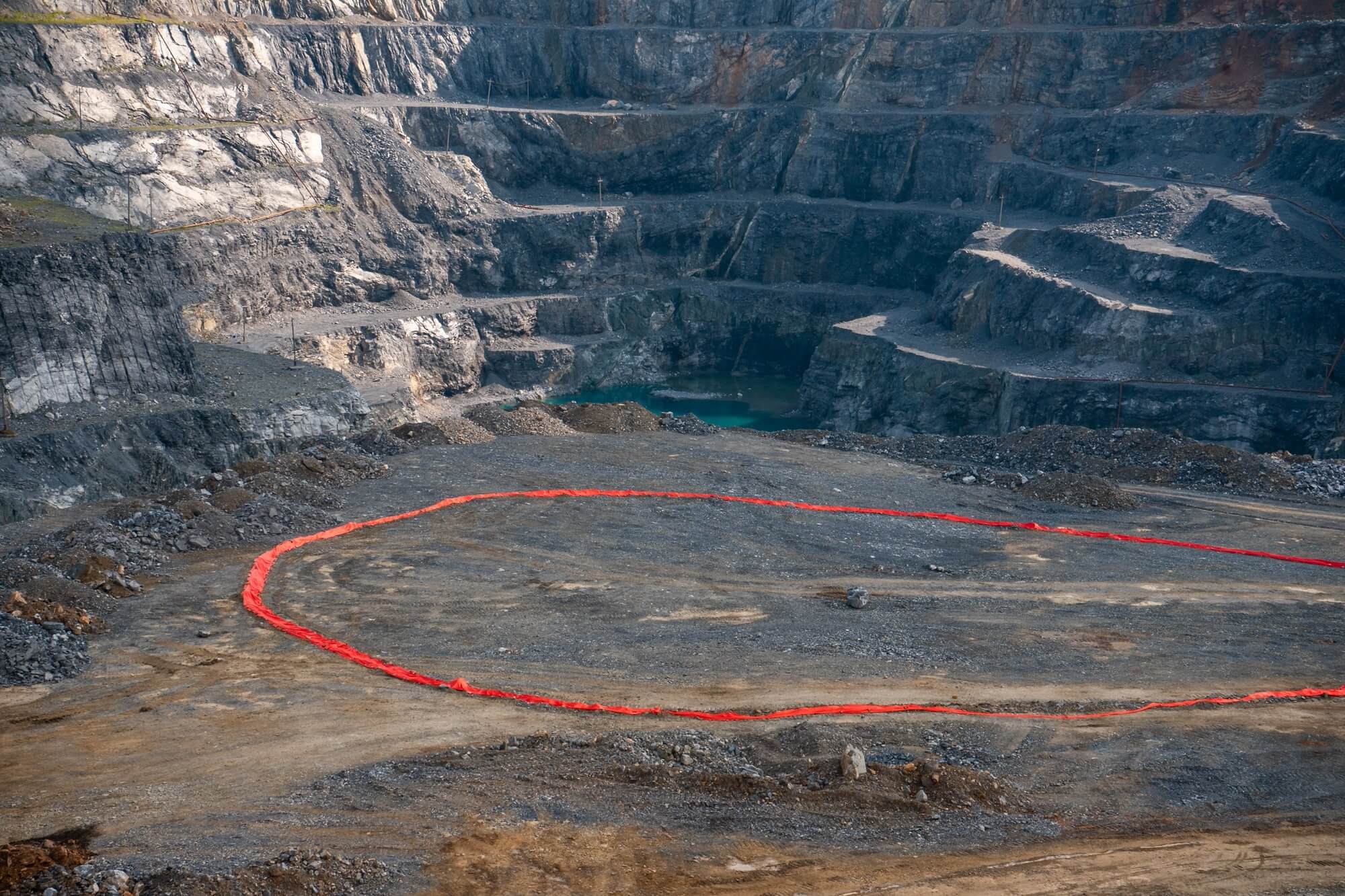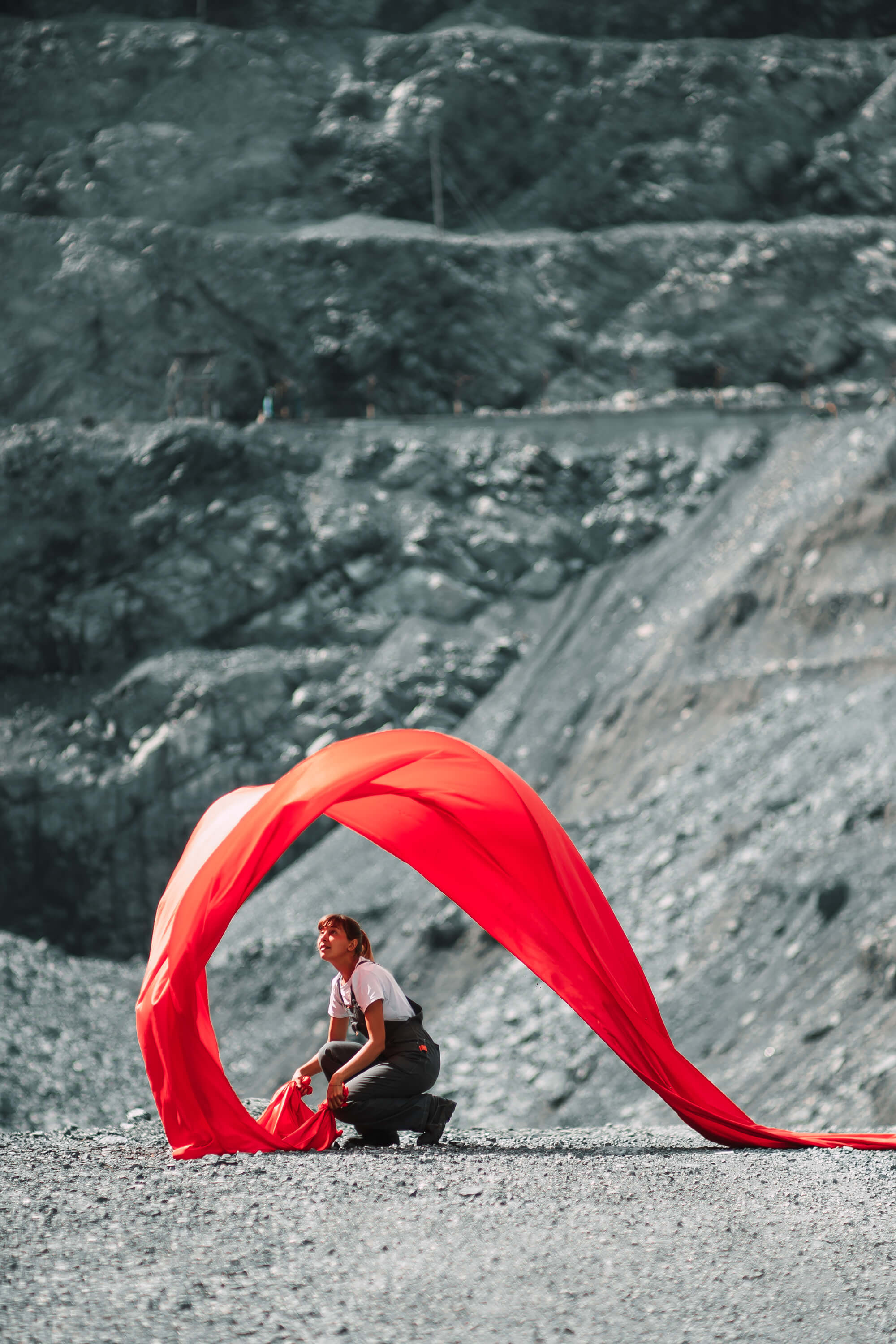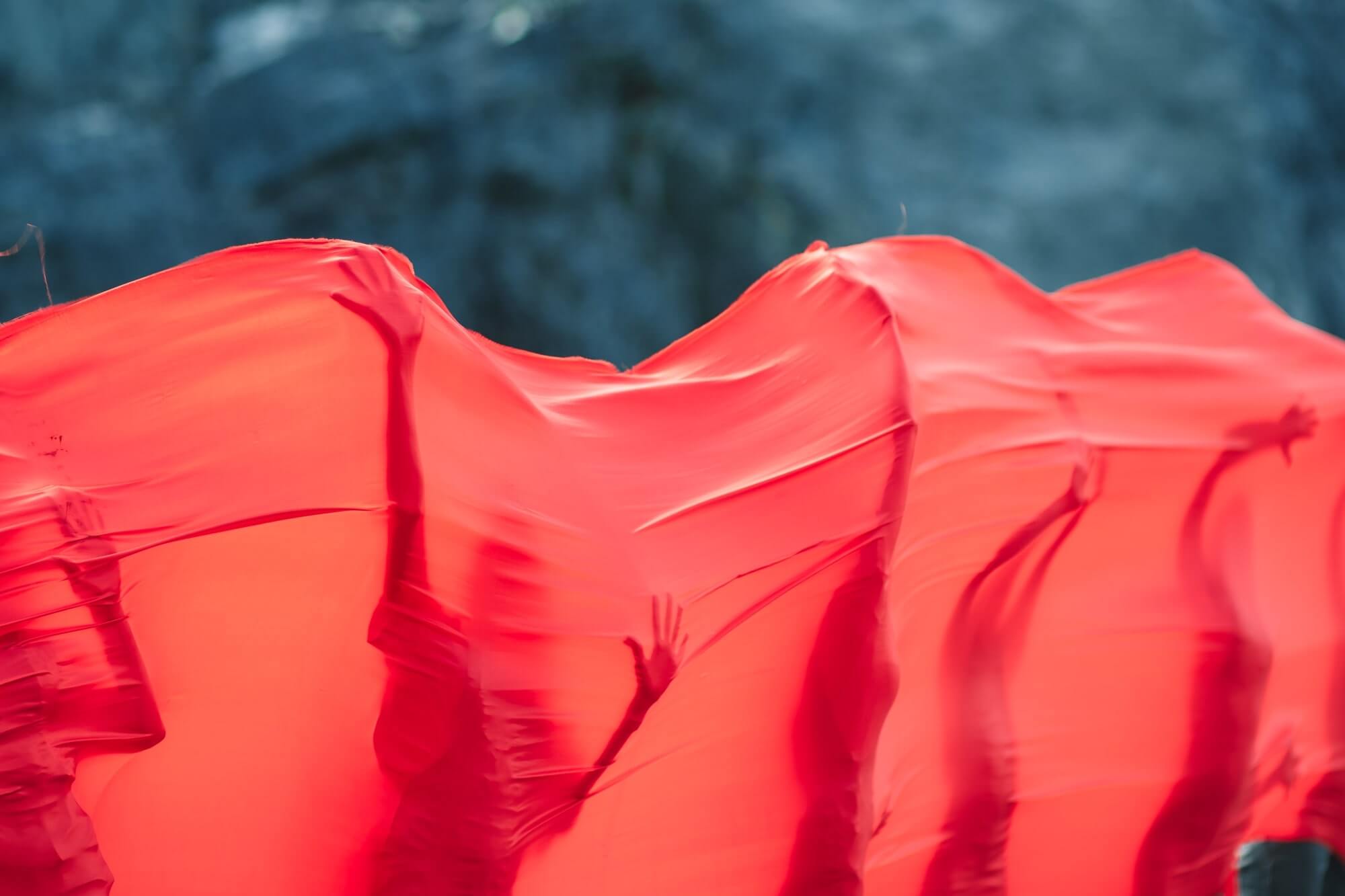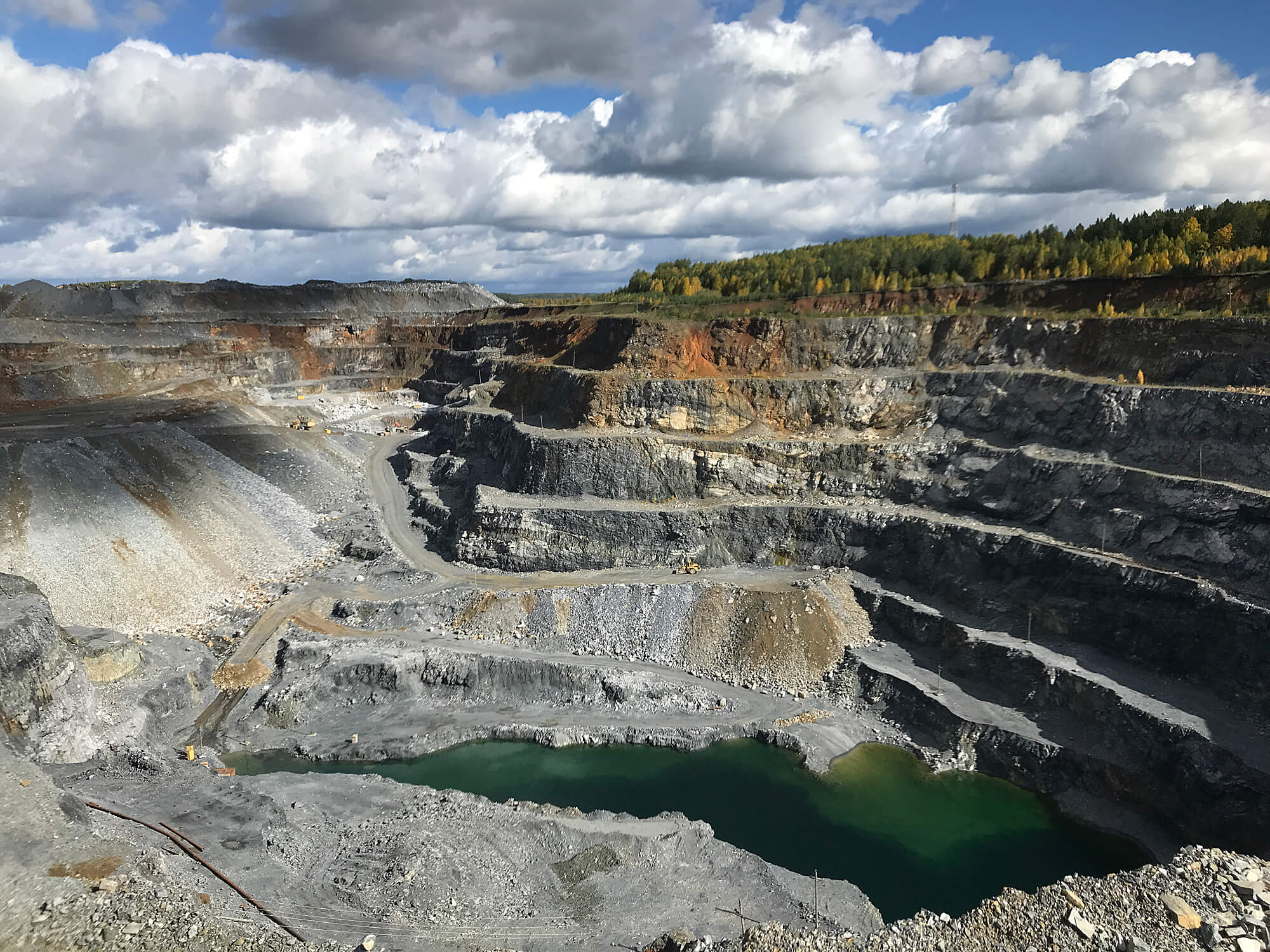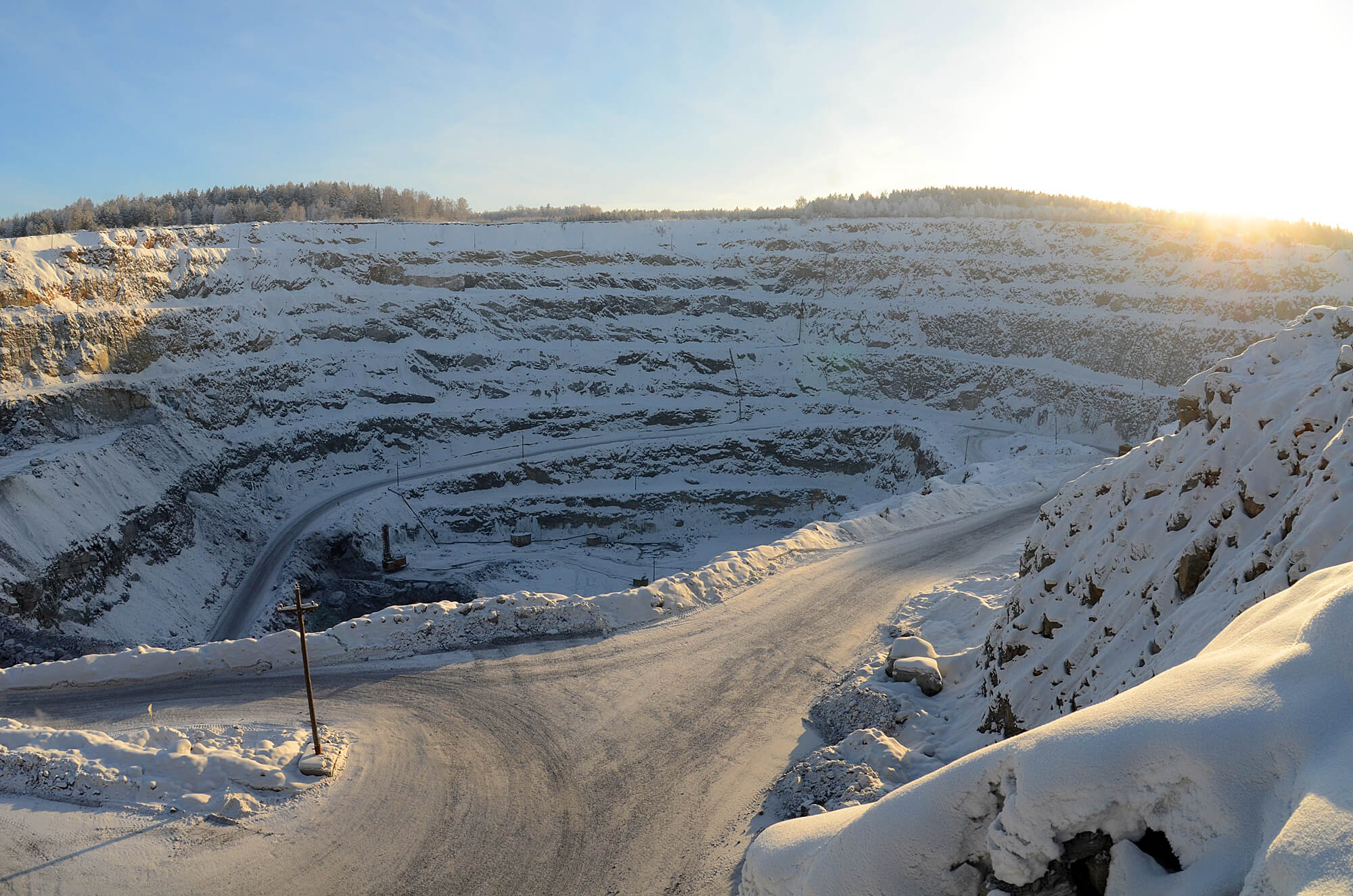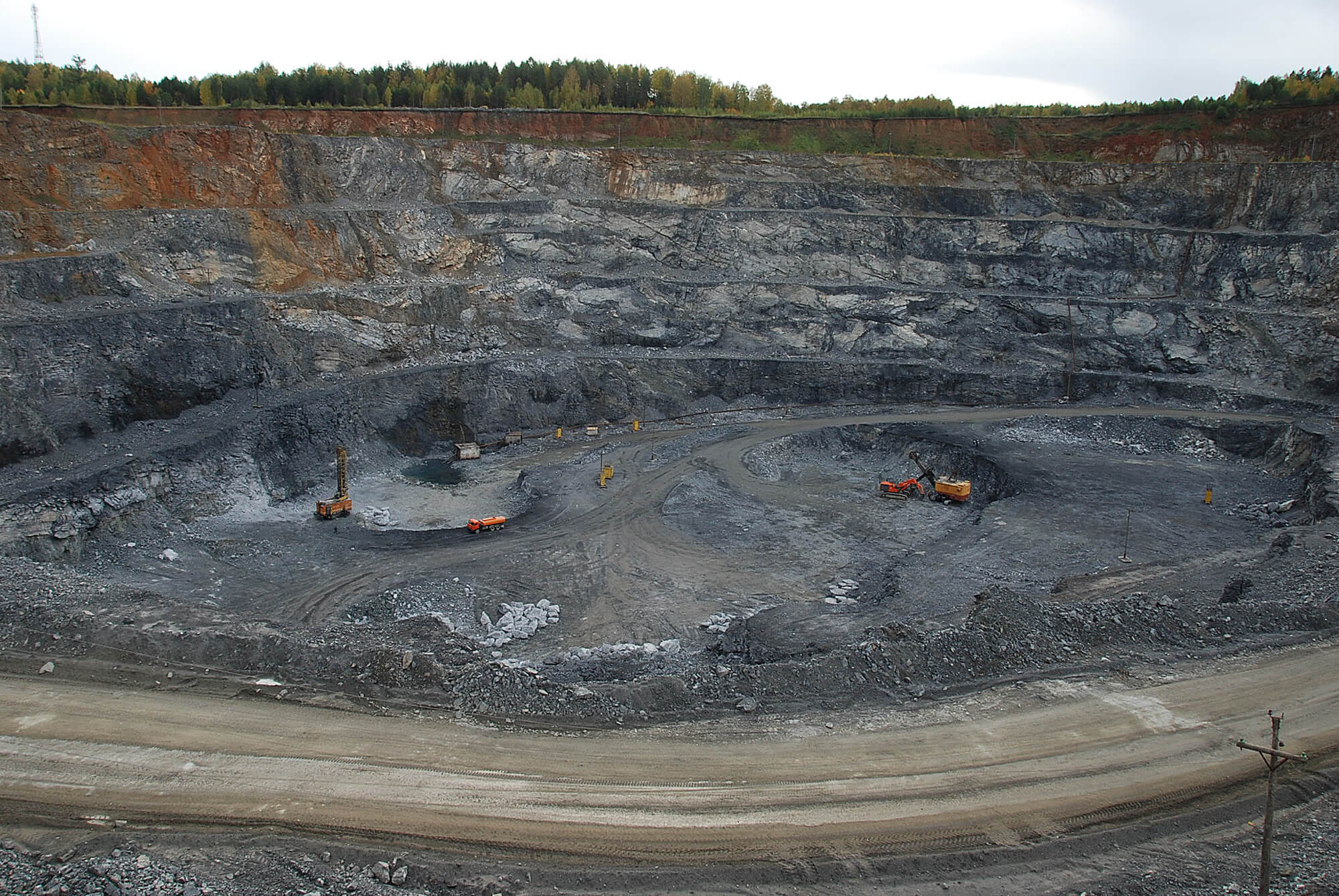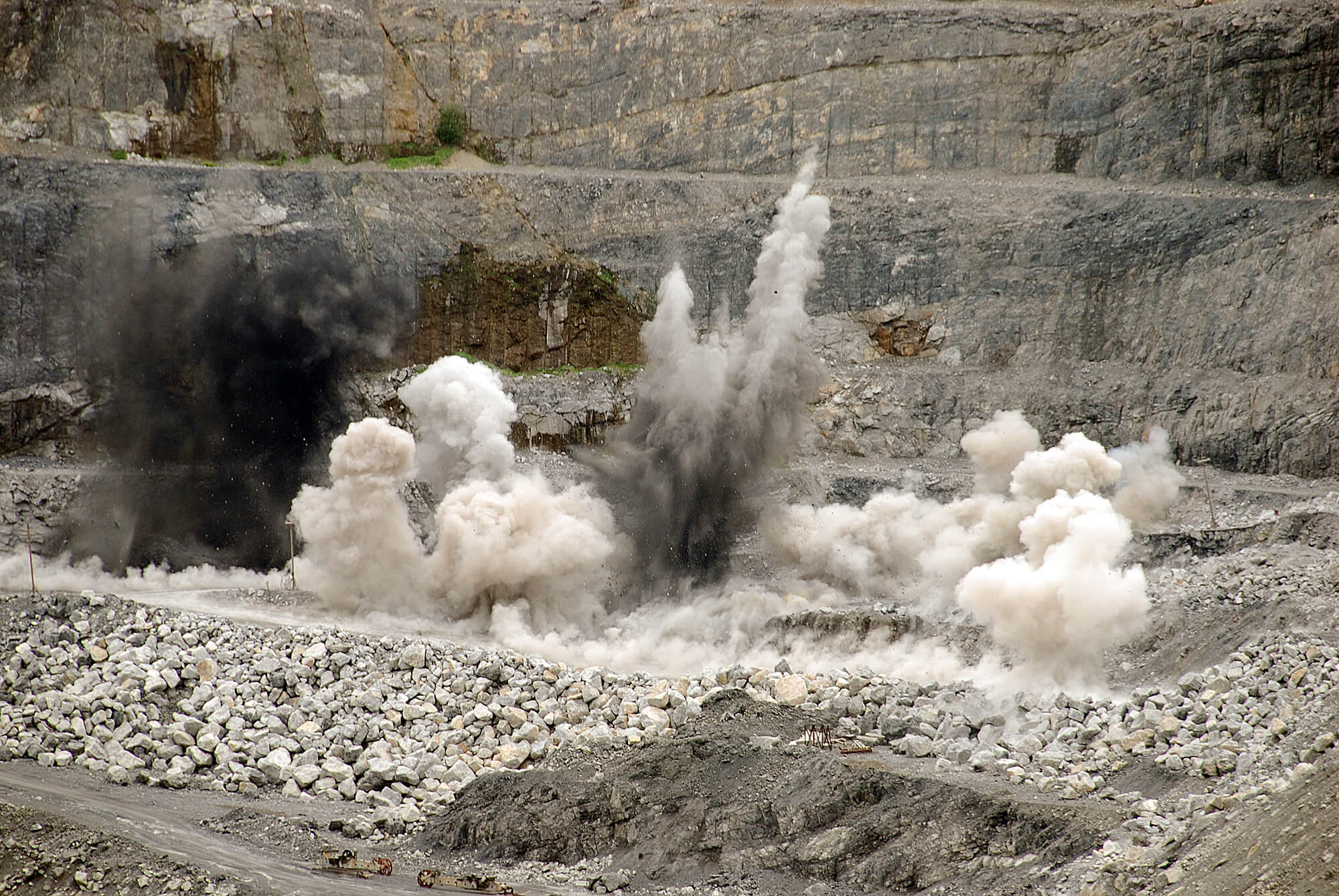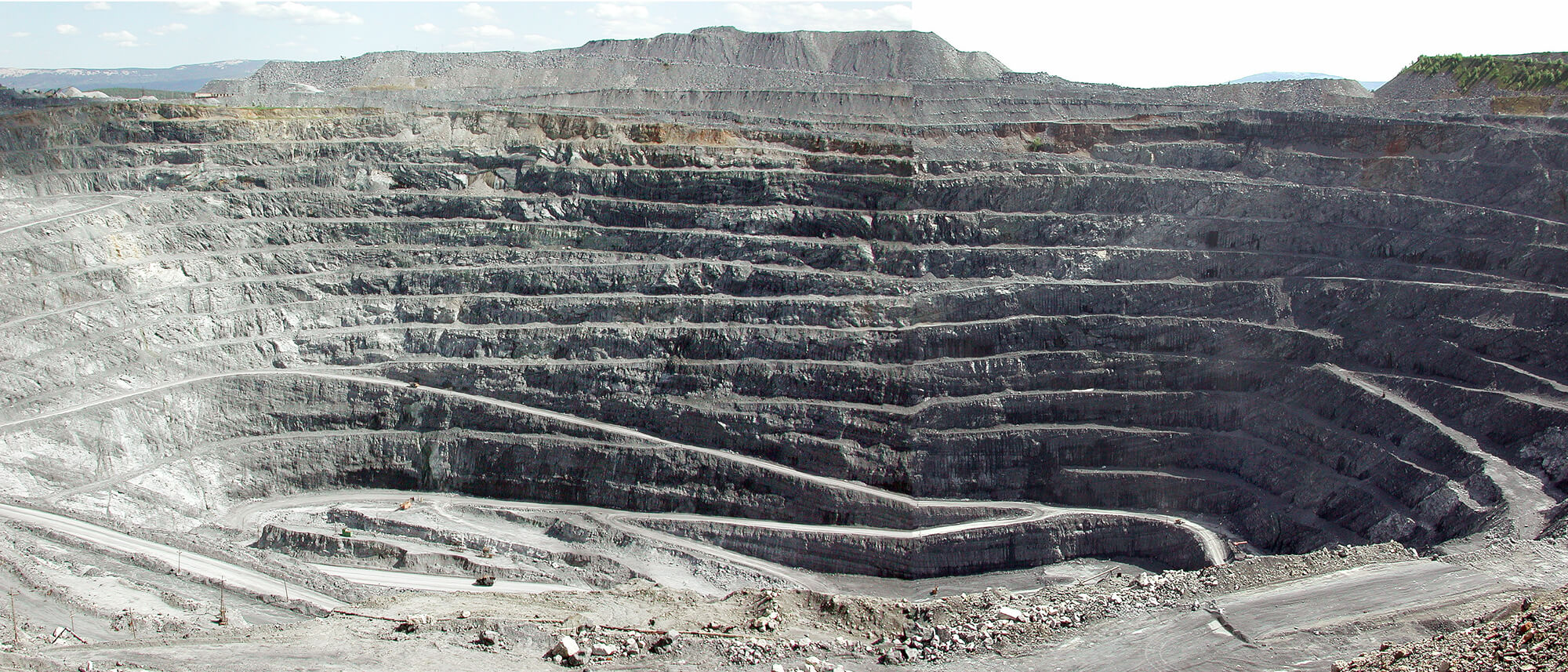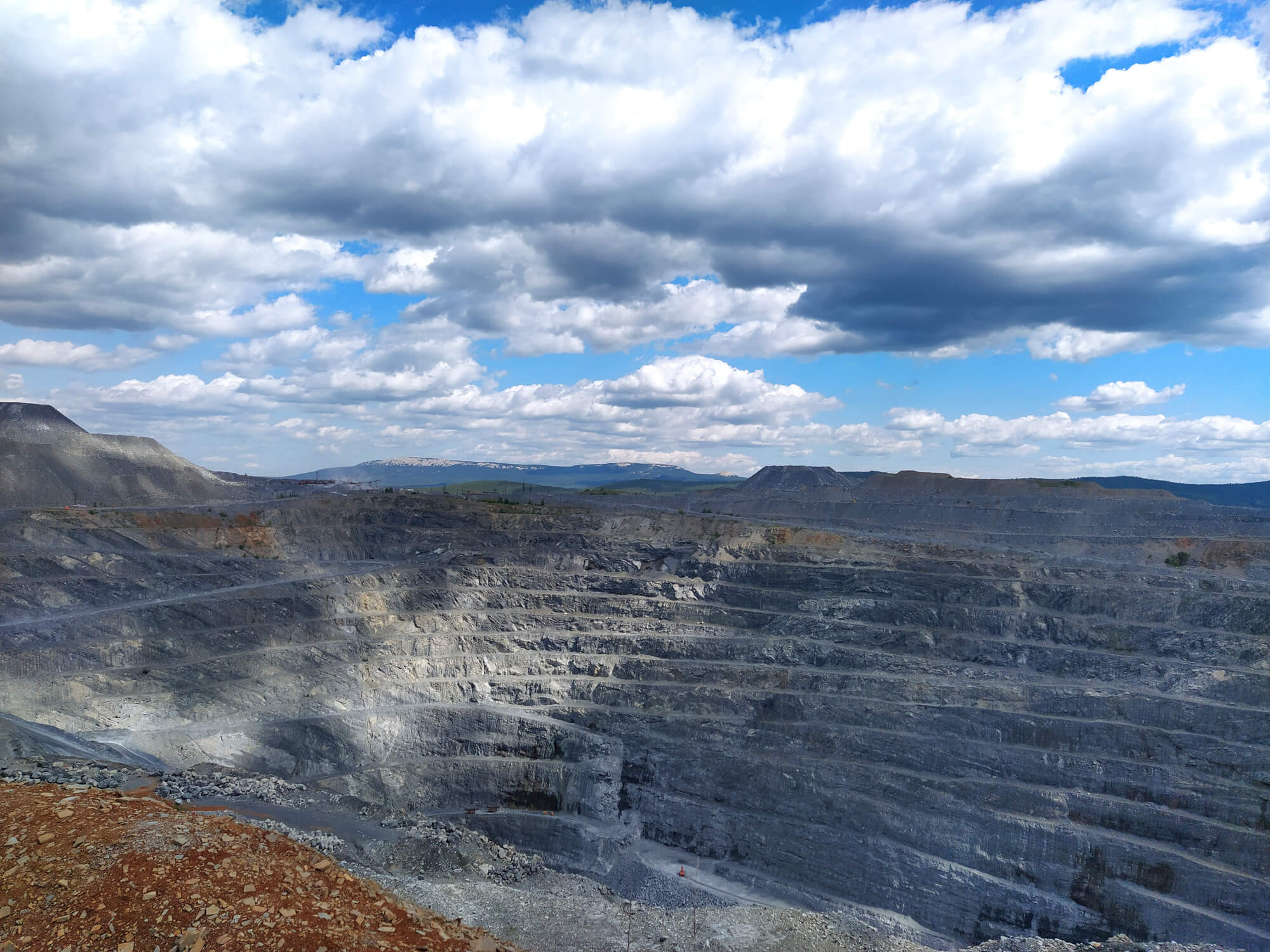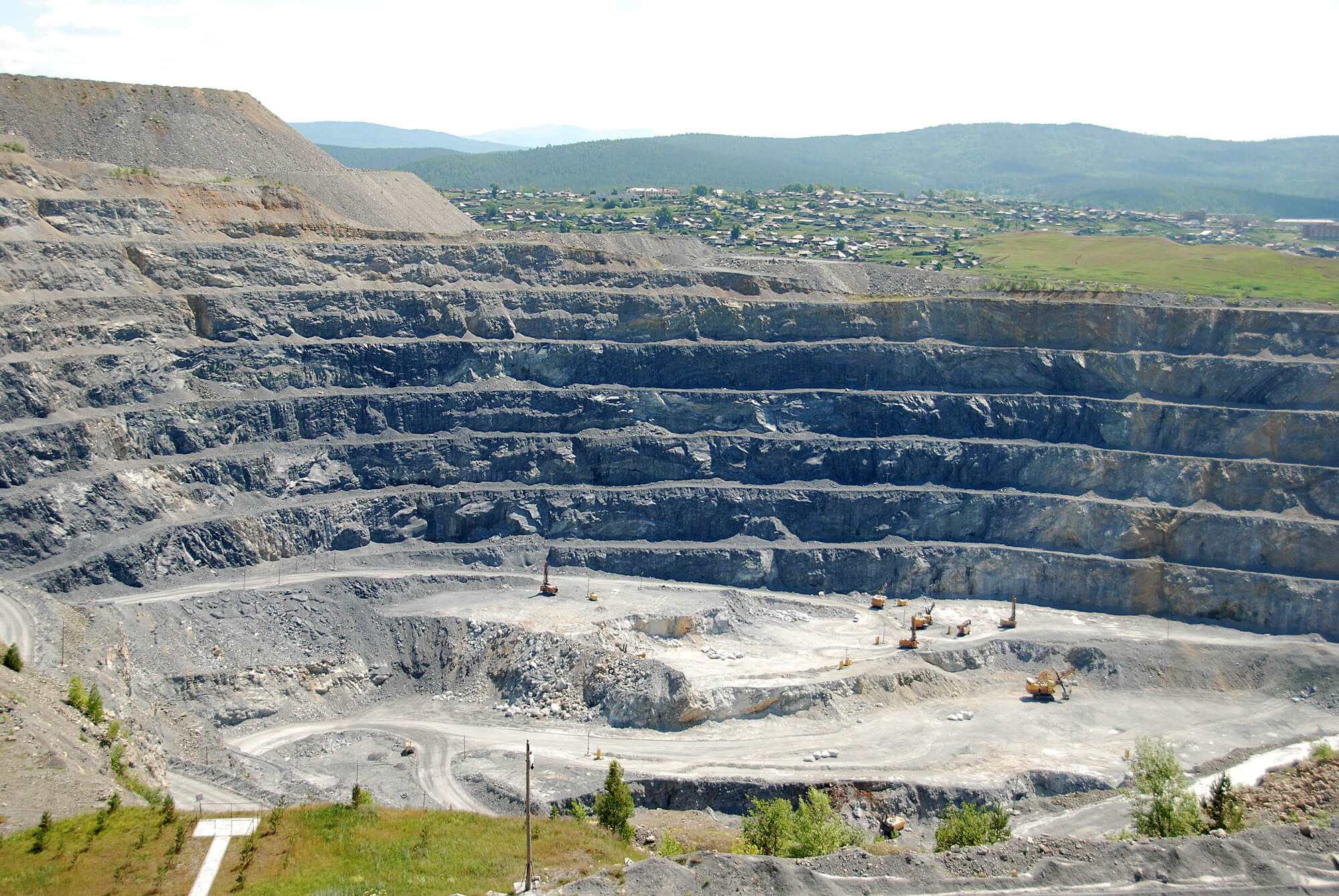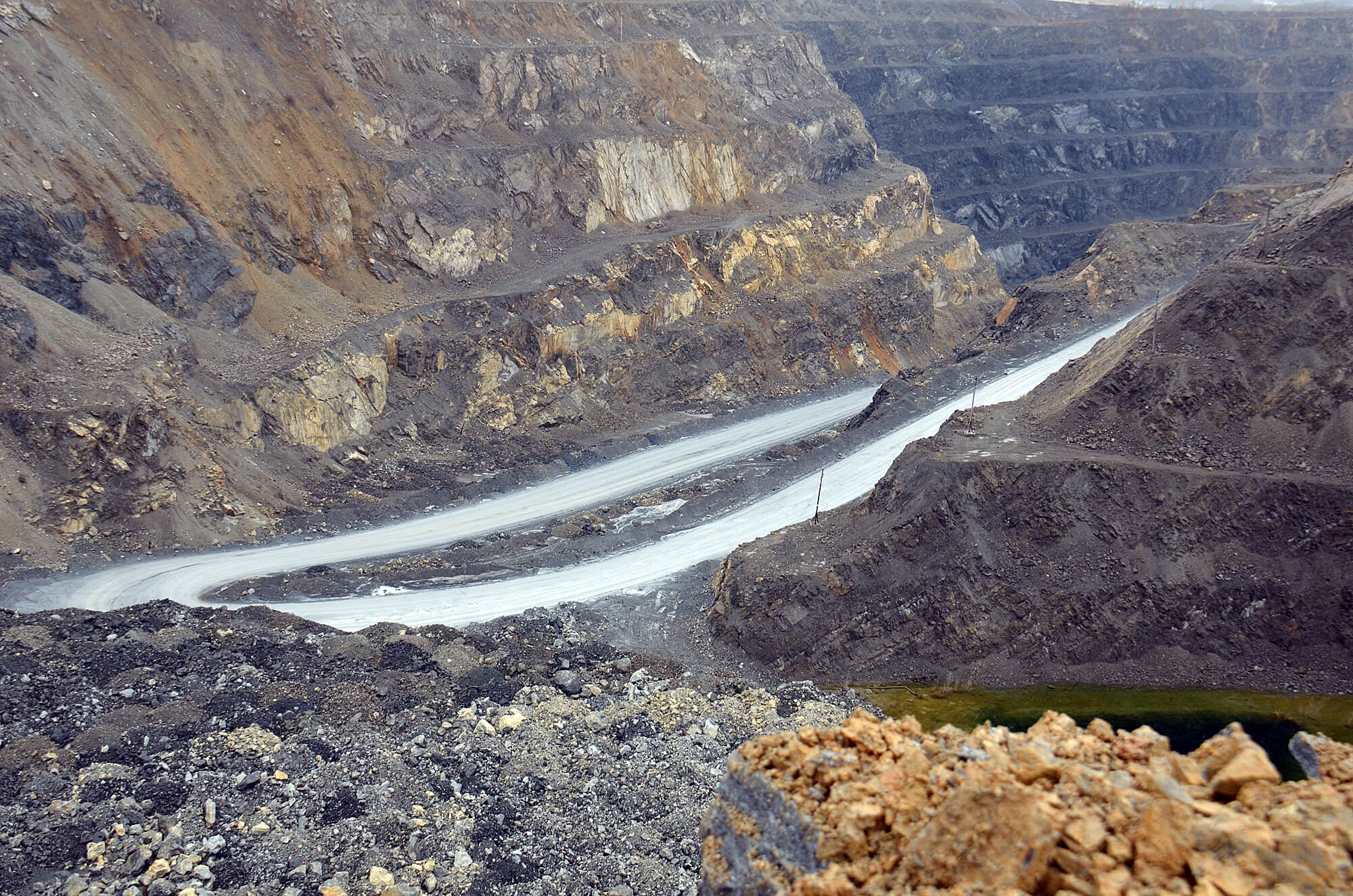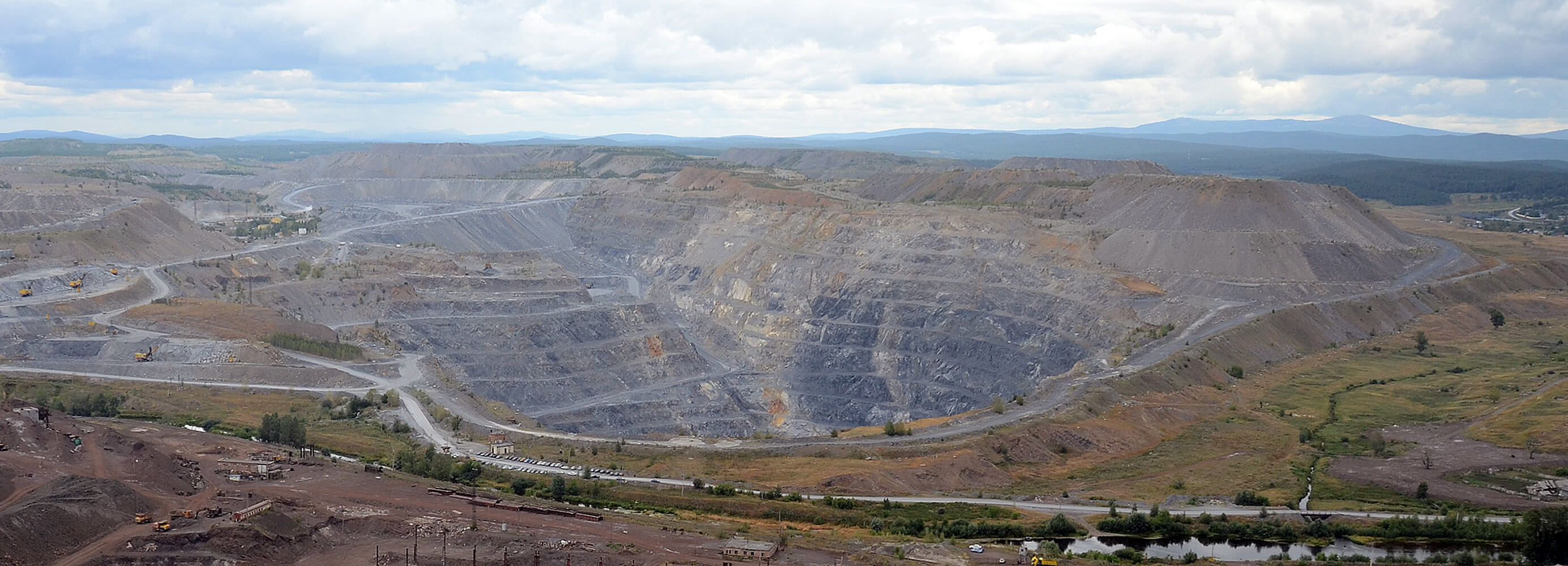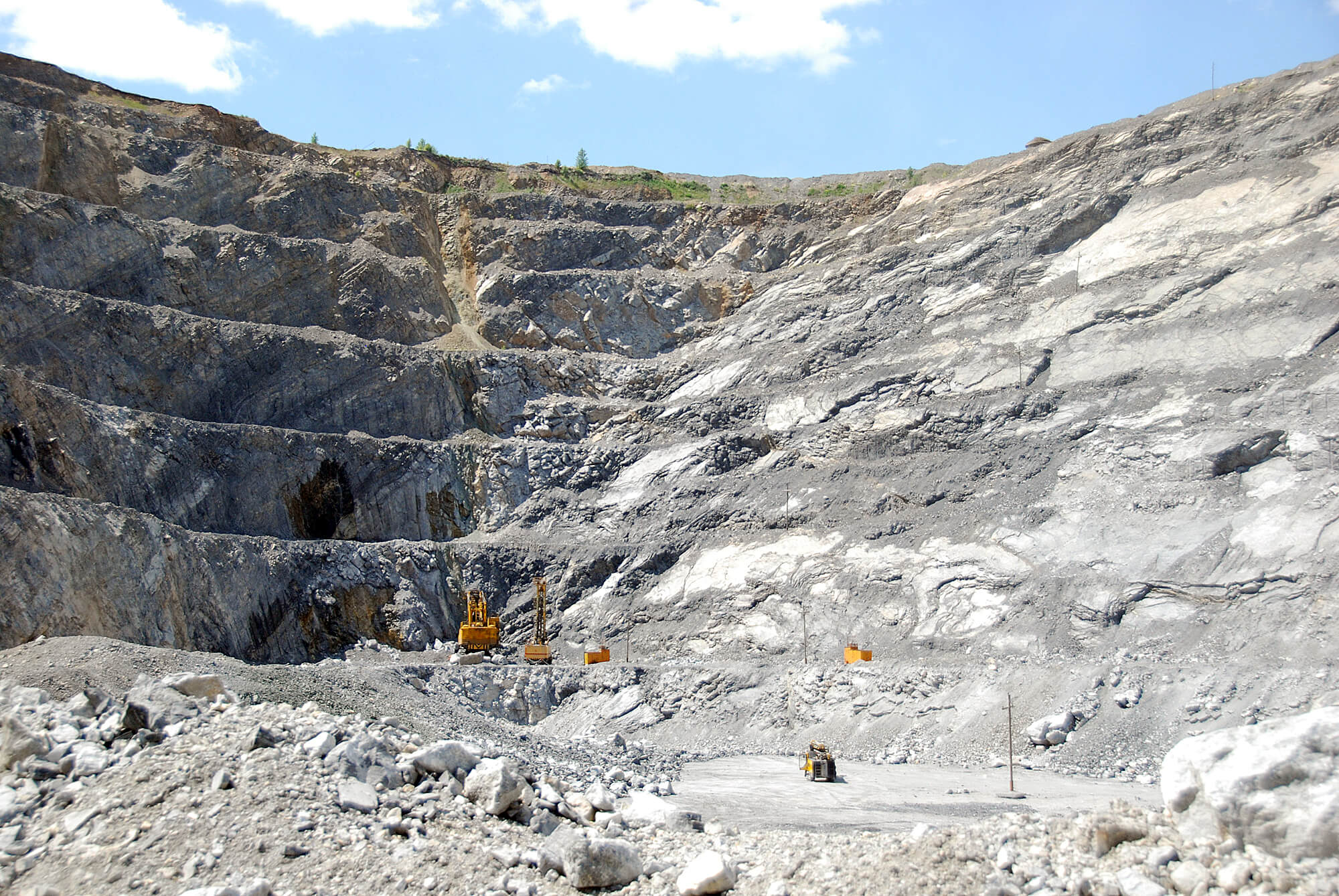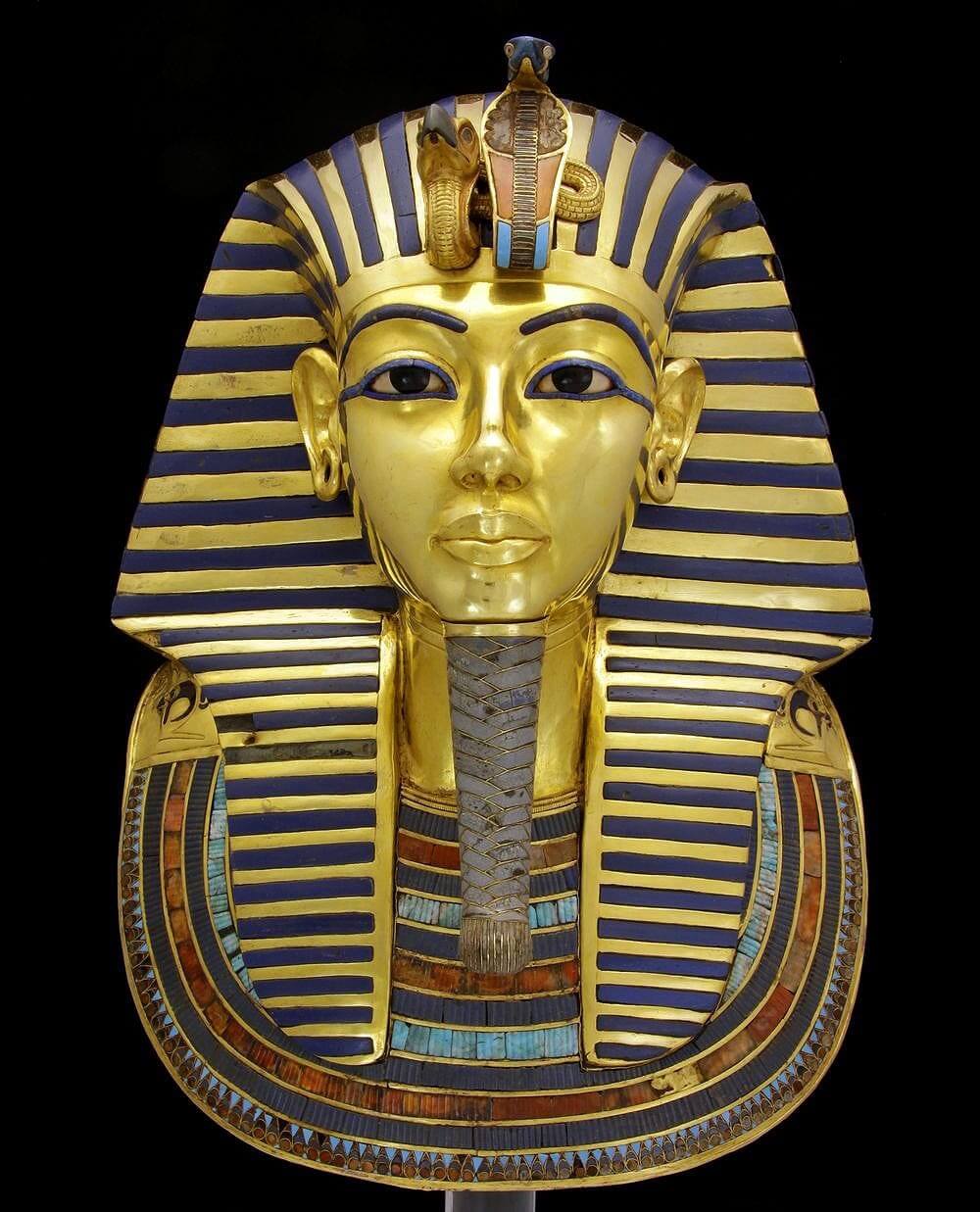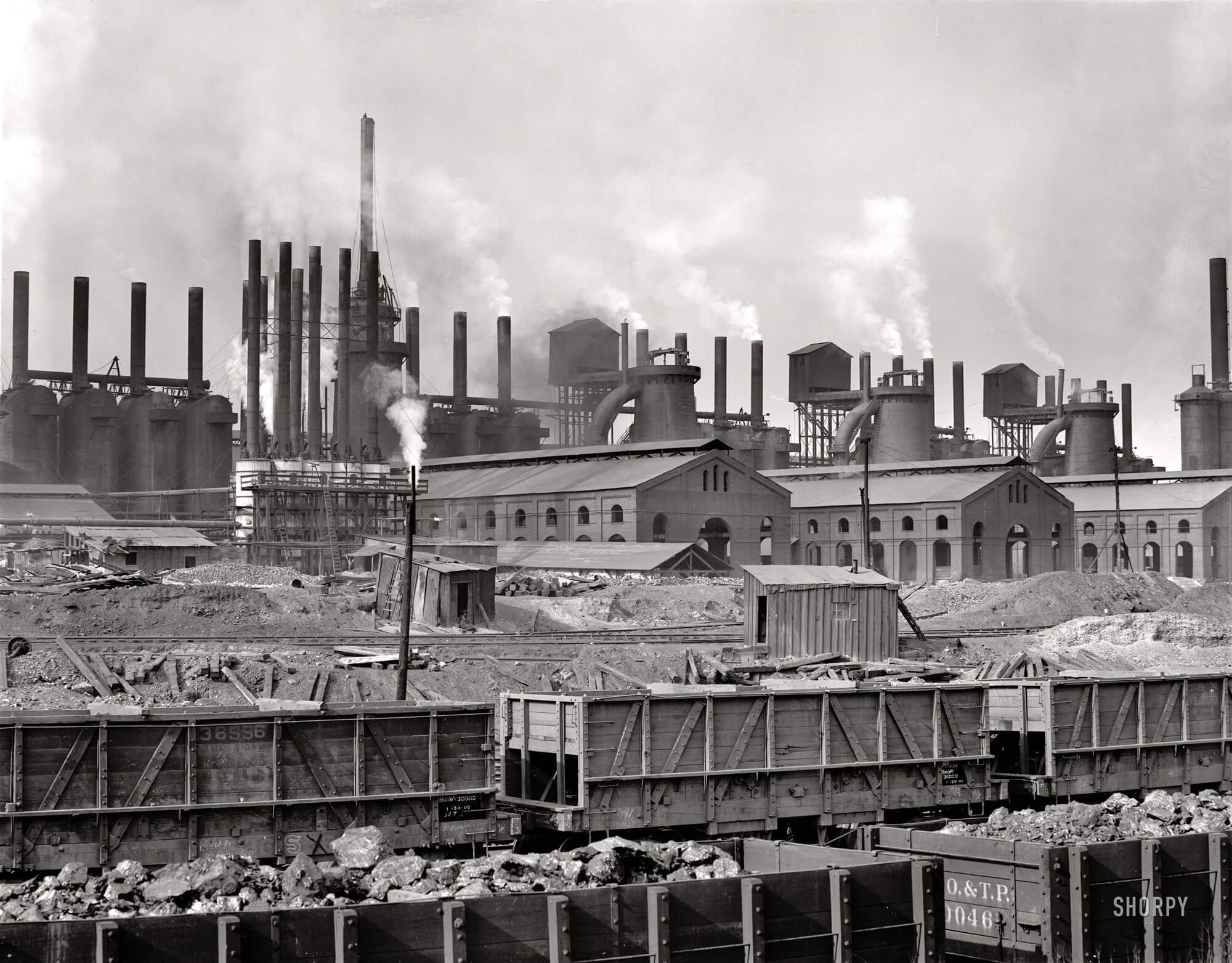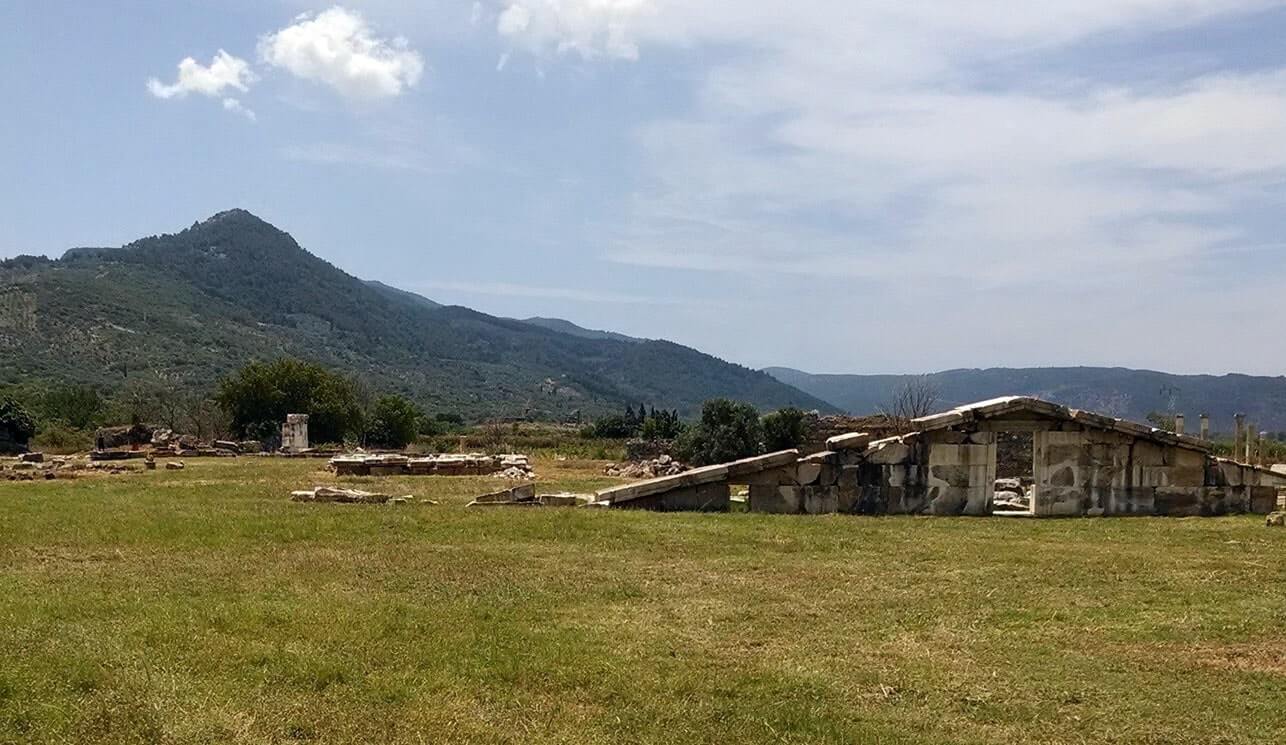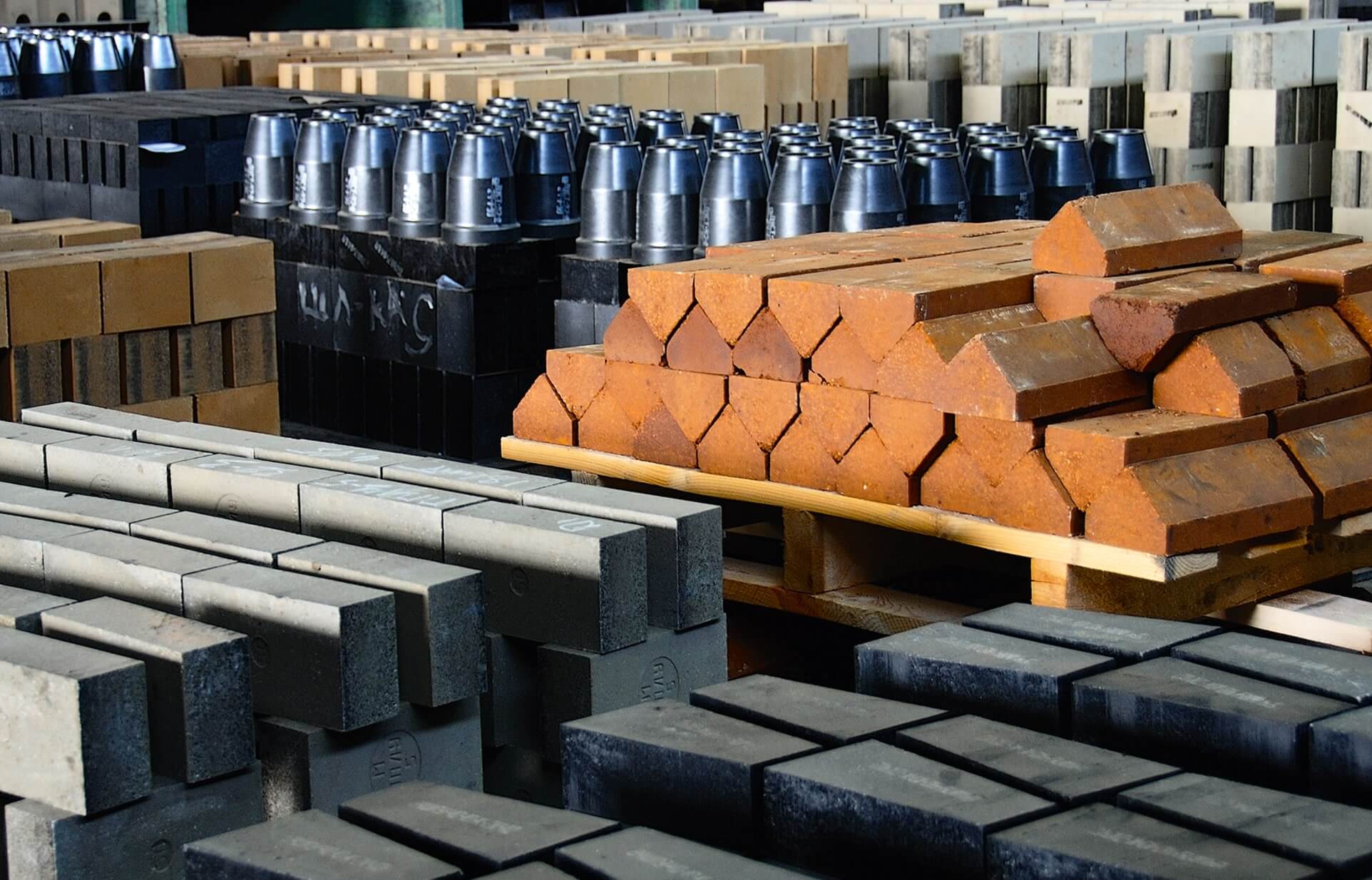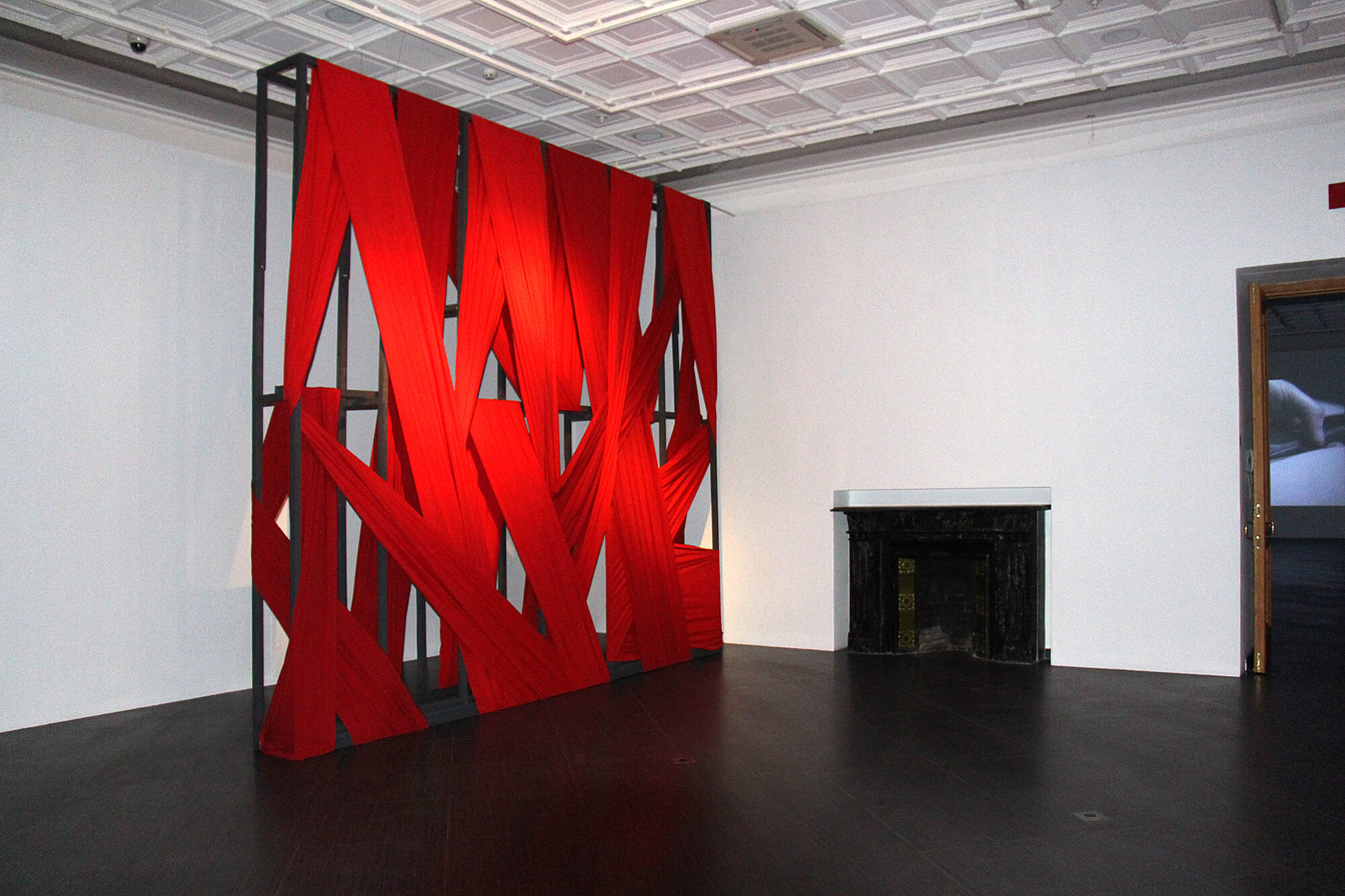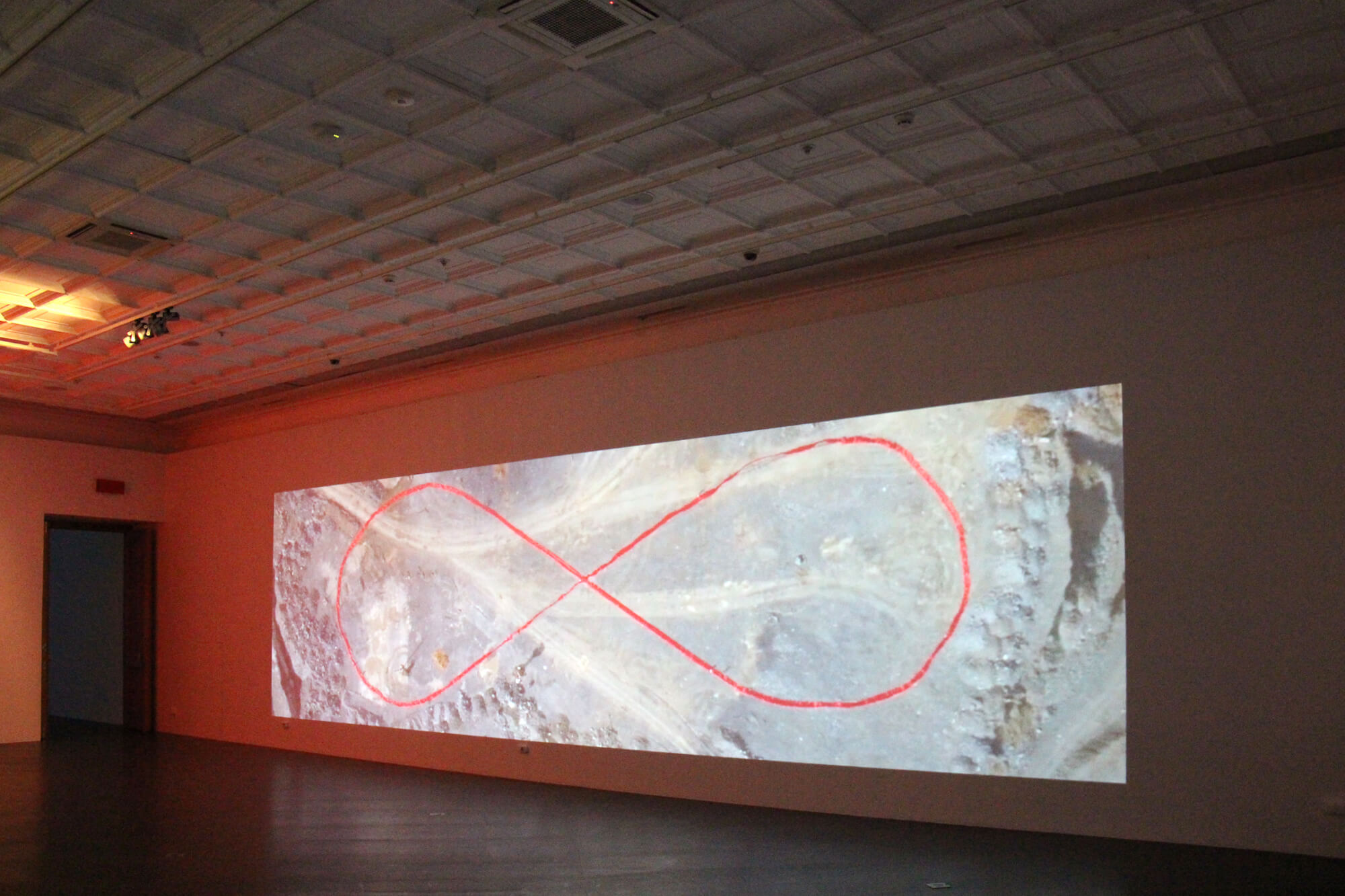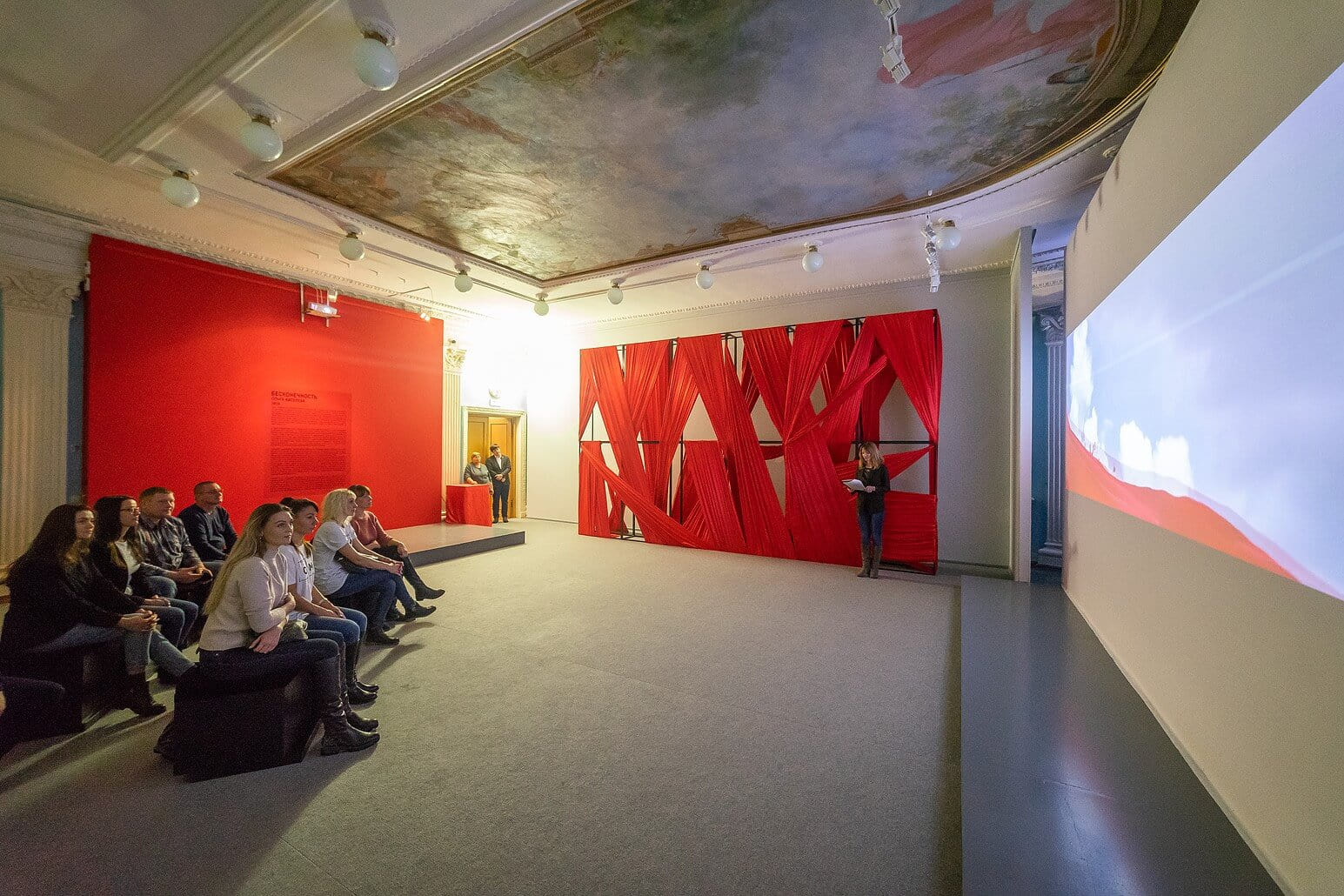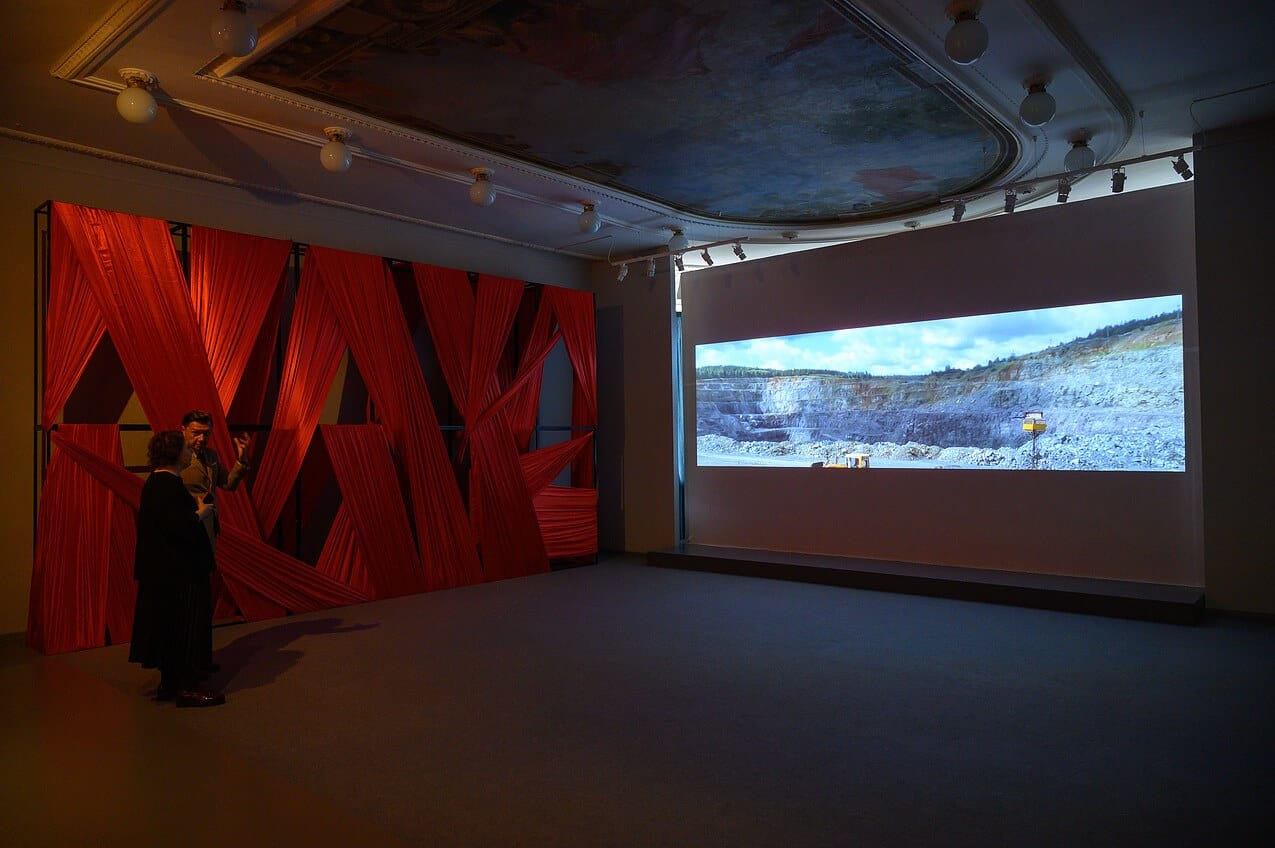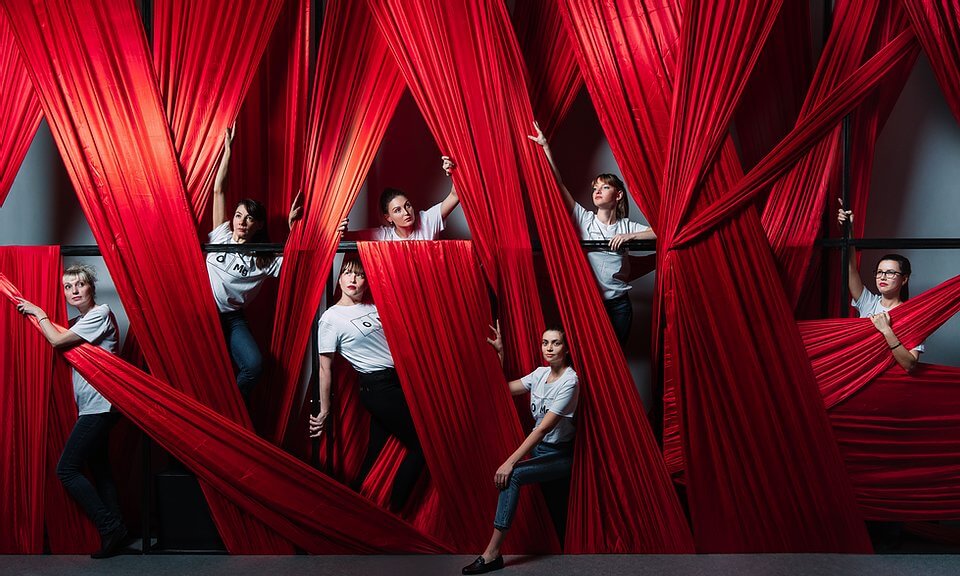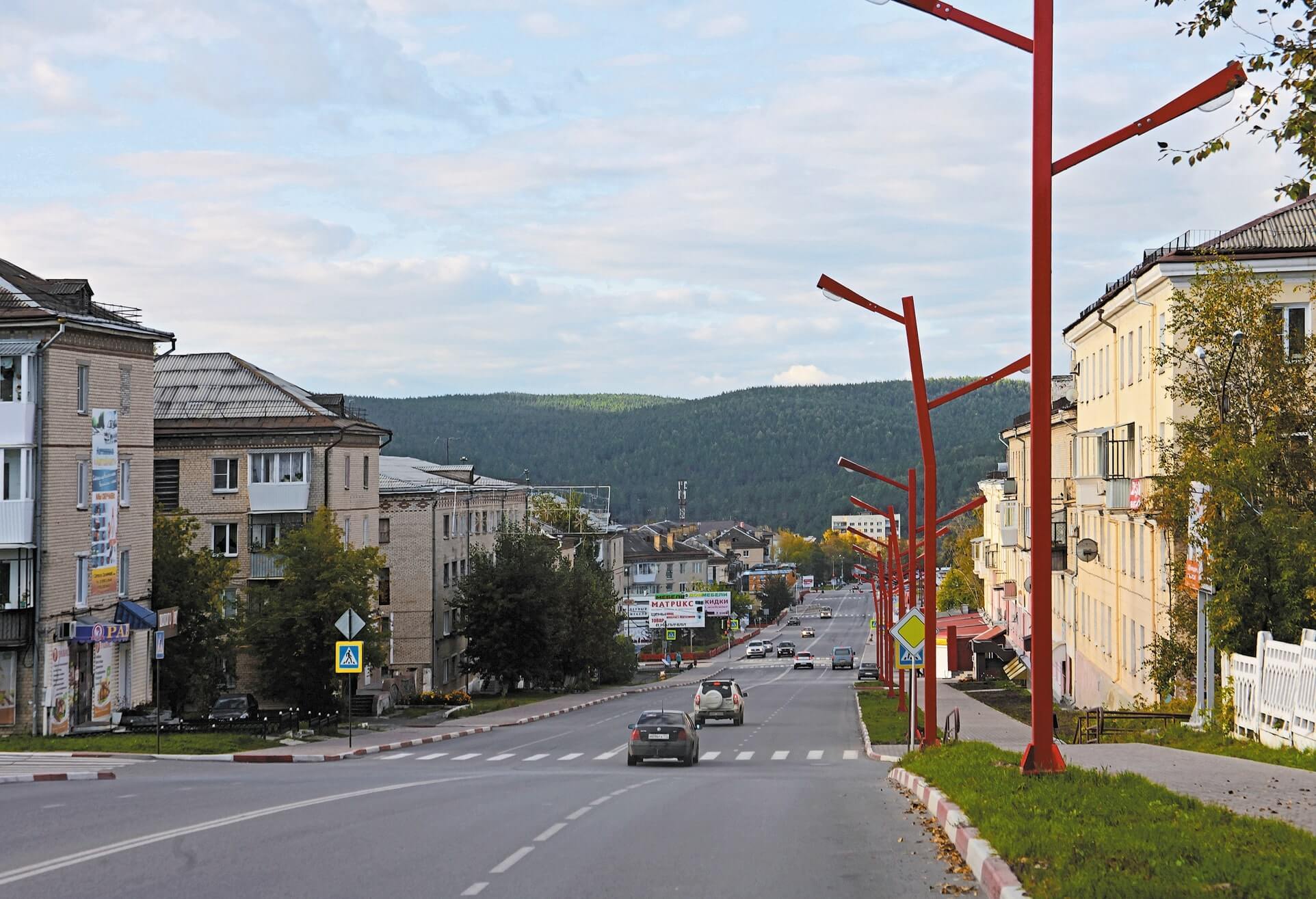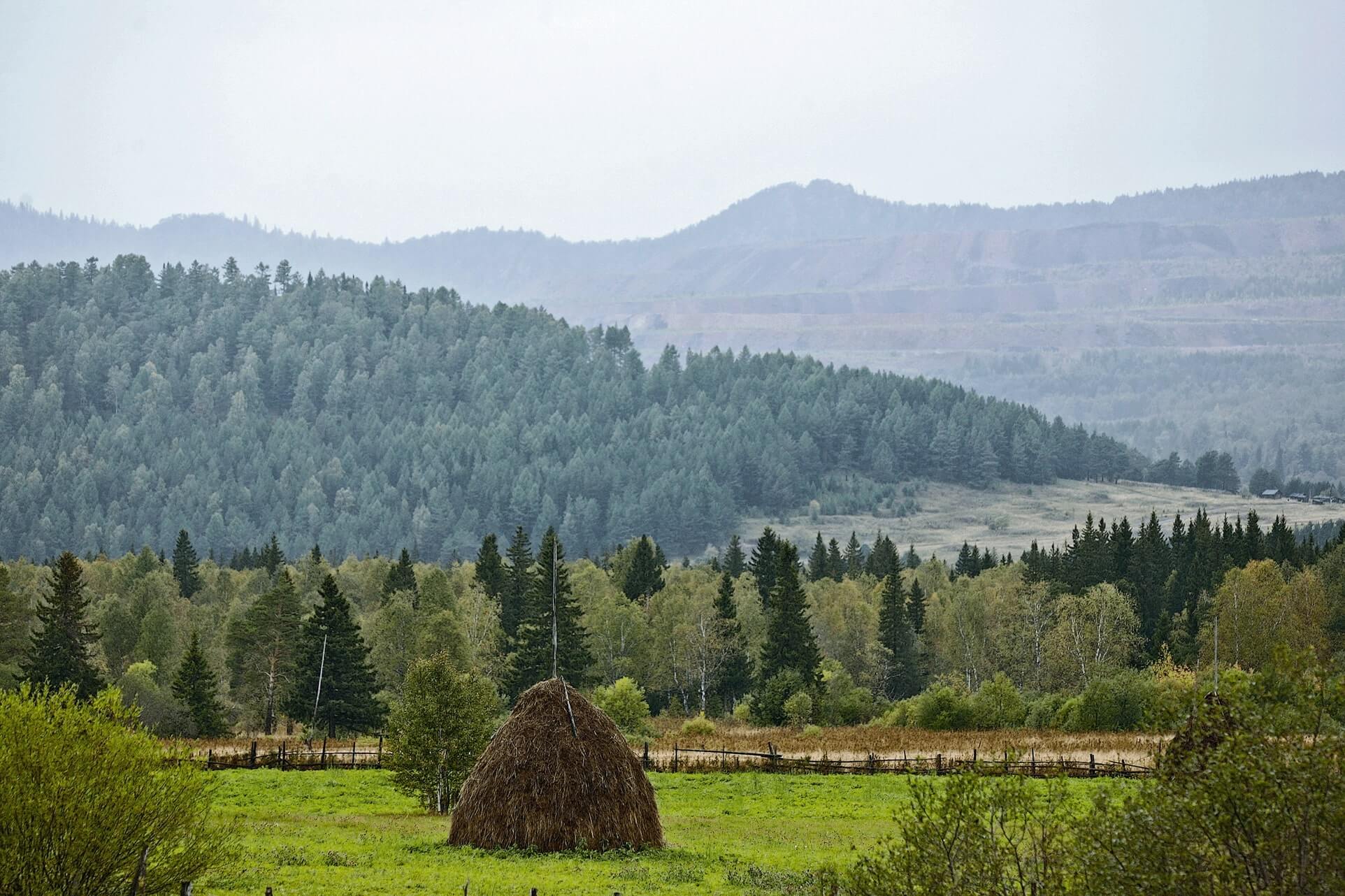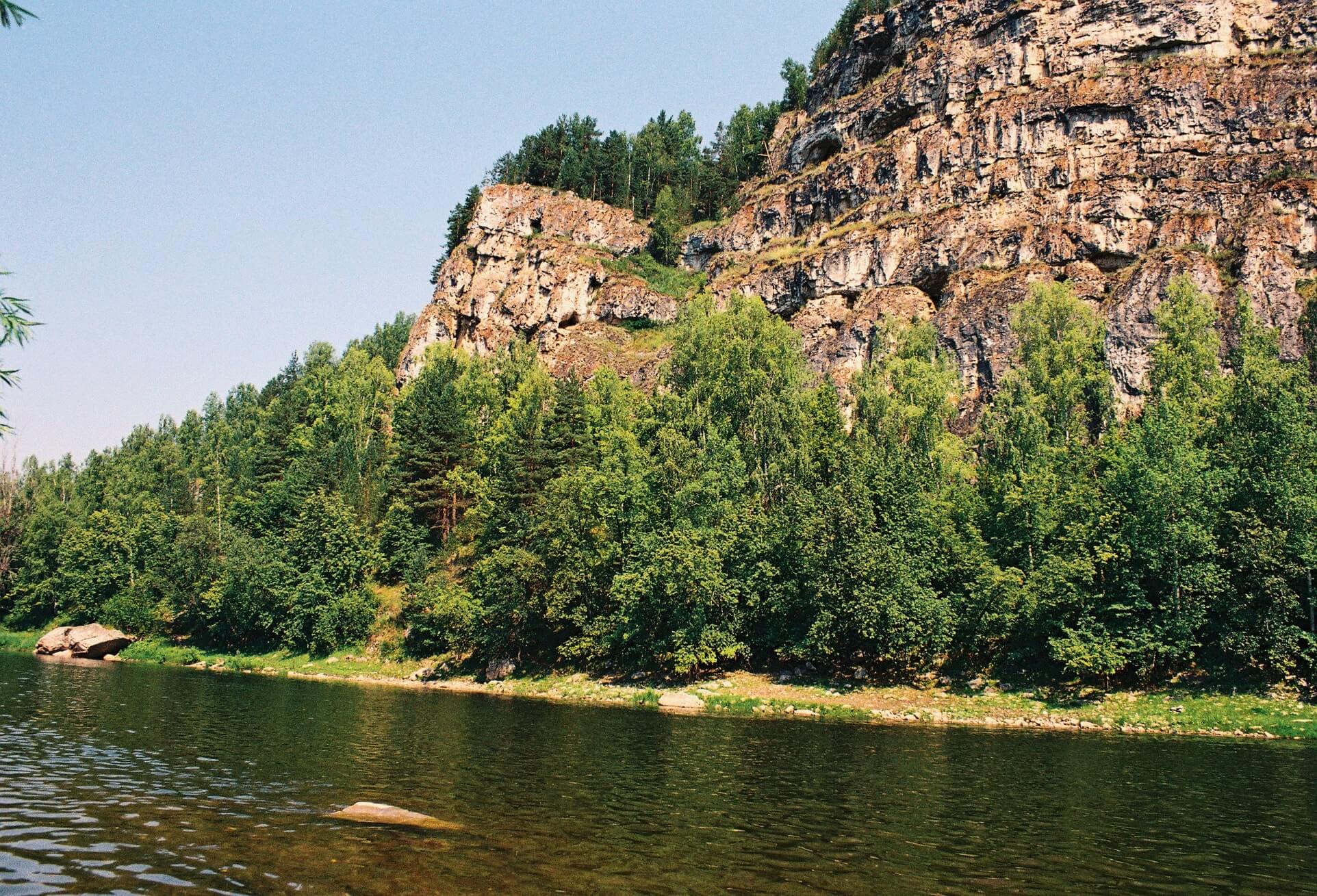In July 2019, Olga Kisseleva delivered a performance, Infinity, at the 5th Ural Industrial Biennial of Contemporary Art in Satka.
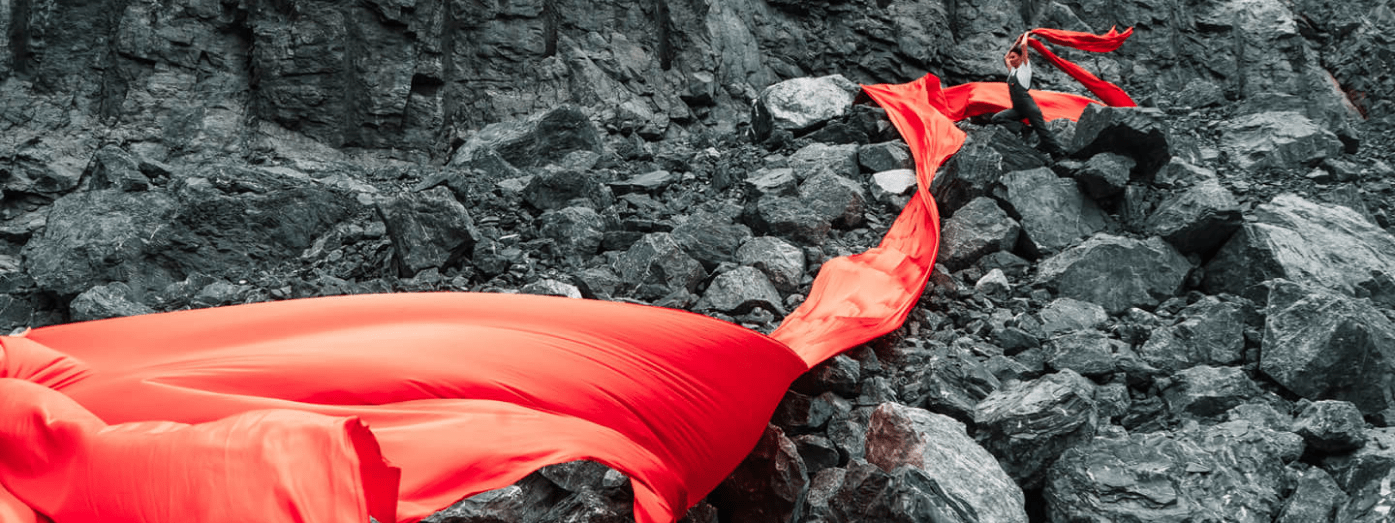
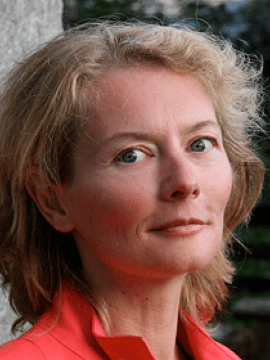
Olga
Kisseleva
through the Artist’s eyes
Olga
Kisseleva


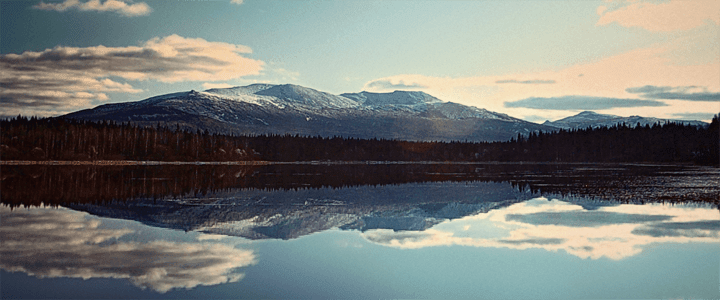
Satka
July 22, 2019, Satka, Beryozovsky open pit
people
Site preparation:
Chief Engineer of Melnichno-Palenikhinsky open pit
Konstantin Pakhorukov
bulldozer operator at Melnichno-Palenikhinsky open pit
Alexander Ryndin
Head of Production Area at Melnichno-Palenikhinsky open pit
Vyacheslav Mustafin
Realization:
Satka site employees
Oksana Shinkareva
Ksenia Fedotova
Alina Dubovikova
Marina Maksyutova
Natalia Markevich
Olga Burasova
Maria Dodina
Photo:
Denis Shakirov
Olga Kisseleva
Videographer:
Anton Elfilter
Aerial photography:
Anton Fadeyev
Coordination:
Head of External Communications
Marina Chirkova
through the Engineer’s eyes
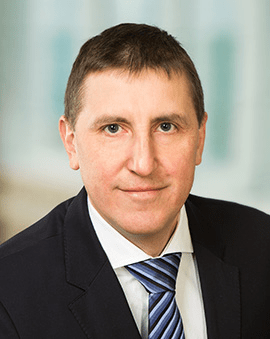
Dmitry
Borzov
Magnezit Group’s open pits
through the Artist’s eyes
Olga
Kisseleva
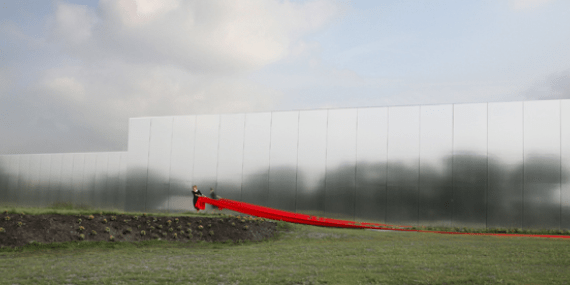


through the Artist’s eyes

through the Researcher’s eyes
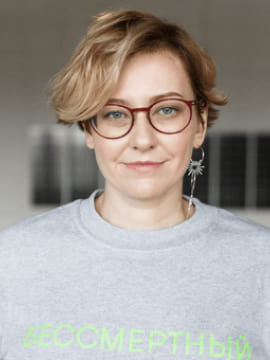
Alisa Prudnikova
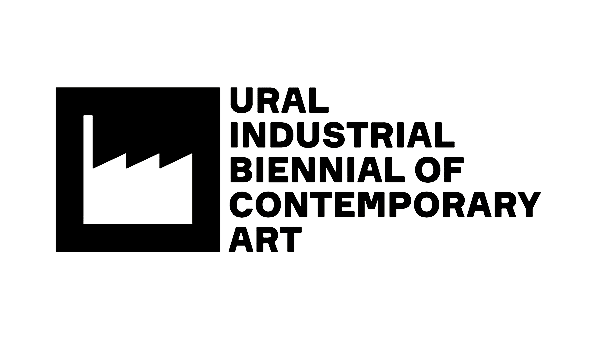
through the Artist’s eyes
Olga
Kisseleva
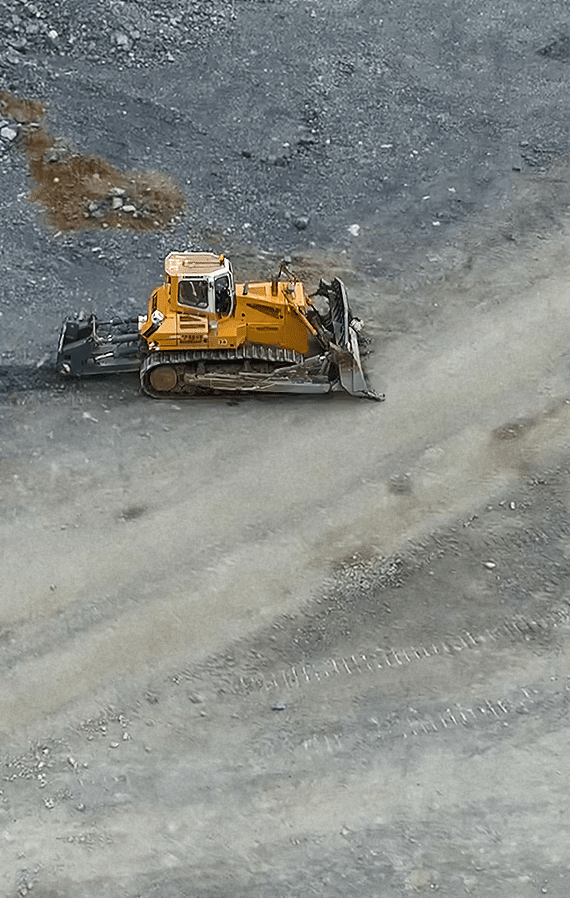
Magnesite mineral. A history
through the Engineer’s eyes
Dmitry
Borzov
Magnesite mineral. Characteristics
through the Artist’s eyes
Due to an accidental design fault, we received much more than we expected. Once we saw this fabric and realized its advantages, we started playing with it, using its sheen and matte sides alternately. The textile flowed and shimmered, reflecting the blue sky and our actresses. Its original red hue was changing from pale pink to purple to orange to yellow — depending on how the light struck the surface. Even the weather was our helper, taking part in the performance. The forecast was calling for 10 degrees Celsius and rain (which is odd for July!) But as soon as we started negotiating with nature, everything changed. Despite all the forecasts, the sky was a bright blue, with huge billows and multicolored rain clouds moving across it. It was hot and the wind was blowing. If we had an opportunity to choose the weather, we would have asked for precisely this.
Olga
Kisseleva

through the Researcher’s eyes
In 2020, during this difficult year of quarantine, we were able to publish a full-size print run of the Biennial catalogue thanks to the Group’s support. Our Biennial as well as the relationship we have been able to build with the Group are, of course, a really valuable example of mutual support between art and industry.
Alisa
Prudnikova
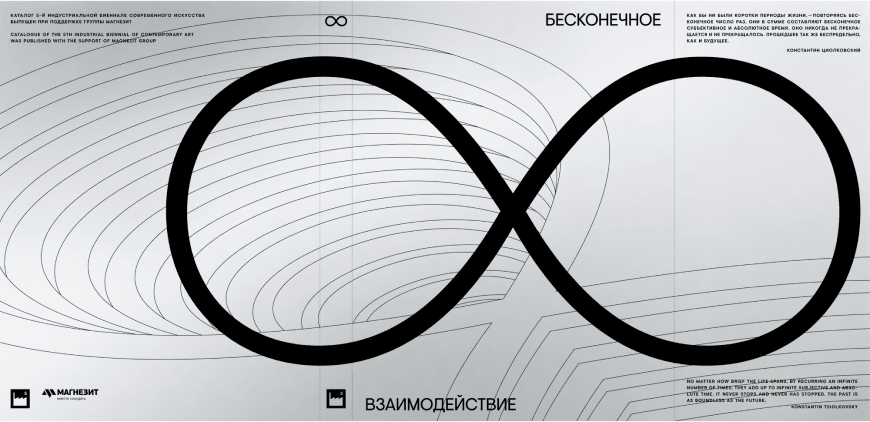
The Biennial catalogue dust jacket
through the Engineer’s eyes
There are different techniques of land restoration. Everything that cannot (yet!) be harnessed as raw material can be deposited in an old closed mine and covered with a layer of soil where trees can be planted. After a while, no one would even guess there used to be an open pit in this place. Another possible solution is to make a stockpile, which will be indistinguishable from a small mountain. An open pit can be flooded and filled with the purest water from underground springs to create a lake where fish will appear over time.
When raw materials are mined, it is not possible to avoid environmental impact altogether, but modern technology allows us to minimize the damage.
Dmitry
Borzov

through the Artist’s eyes
Olga
Kisseleva
through the Engineer’s eyes
Think back to what a metallurgical plant with its open-hearth furnaces used to look like. In the 1970s and 80s, the rate of refractory consumption was up to 70 kilograms per metric ton of steel. In other words, to produce a metric ton of steel, about 70 kilograms of refractory products was required. With today’s state-of-the-art converter production technology, 10 kilograms of refractories per metric ton suffices.
Moreover, while developing today’s new magnesite-based production technologies, we actively work to enable our customers to produce more steel, concrete or glass while consuming less refractories — and we are indeed successful.
Going forward, we will develop processes to reduce magnesite consumption even more. This will essentially increase our reserves of raw material, by using less and doing so more responsibly. Progress is infinite.
Dmitry
Borzov

through the Artist’s eyes
It’s therefore wonderful if art and industry have mutual understanding and are able to interact with one another. It benefits both.
Olga
Kisseleva
After the performance
through the Researcher’s eyes
— Infinity, like immortality, is one of the basic questions for humanity, very poetic and incomprehensible, like a mountain left unconquered. I believe we have brought up a very important issue at the 5th Biennial: if we ever find a way to overcome death, will we manage to overcome immortality?
Alisa
Prudnikova
The Ural Biennial is continuously conceptualizing industriality, each time considering it from a different perspective.
The 5th Ural Biennial contemplates what is left behind from manufacturing and artistic processes? Products? Results? Traces?
Thinking about what is left behind after we are gone — if left at all — the Biennial team chose immortality as a theme. This undoubtedly broad topic should not be taken literally but rather viewed as a general line of thinking. With immortality in mind, we can stop having literal discussions about products and the intrinsically replicable nature of the industrial process and start looking into more universal phenomena and broader concepts.
...
In contemplating immortality, we participate in the infinite dialogue about time and space, about a person’s place in any emerging or newly designed reality, and his or her right to have a certain attitude to this reality. Immortality is a good reason to talk about cultural memory and ways of keeping the human identity intact along the winding path of time.
from the 5th Ural Industrial Biennial of Contemporary Art manifesto
through the Artist’s eyes
Olga
Kisseleva


Kisseleva
Contemporary artist, professor at the Sorbonne University, Head of the Art and Science Lab. Author of Infinity performance.
Born in St. Petersburg in 1965, she lives in Paris. She applies various scientific and technological innovations in her works, creating large art installations and interactive exhibitions. She has been working with major Silicon Valley firms since the early 1990’s, including Apple, Yahoo and Hewlett Packard, and has worked at the University of California’s labs. A member of the Higher Institute of Visual Arts at the Centre Pompidou since 1995.
Olga Kisseleva has participated in international exhibitions and biennials in Venice, Istanbul, Berlin, Lyon, and Moscow. Her works are held in the collections of major museums of the world: the Paris Museum of Modern Art, the Museo Nacional Centro de Arte Reina Sofía in Madrid, the Centre Pompidou, the Museum of Contemporary Art Kiasma in Helsinki, the Art Institute of Chicago, MoMA in New York, the Guggenheim Museum Bilbao, the National Center for Contemporary Art in Moscow, and the State Russian Museum in St. Petersburg.
A city in the Southern Ural, thought to have been founded in 1758 when Baron Sergey Stroganov’s Troitse-Satkinsky ironworks was put into operation. When deposits of the "blue stone" (magnesite, the raw material for refractory manufacturing) were discovered in 1898 on the Karagay and Volchya mountains, the industrial settlement’s fate was sealed. In 1901, the first Russian refractory plant, Magnezit, was built in Satka. In 1905, the plant’s products won a gold medal at Liège International, an industrial world expo in Liège, Belgium. Today, Magnezit Group is one of the leaders in the global refractory industry and provides comprehensive refractory solutions and services around the world.

